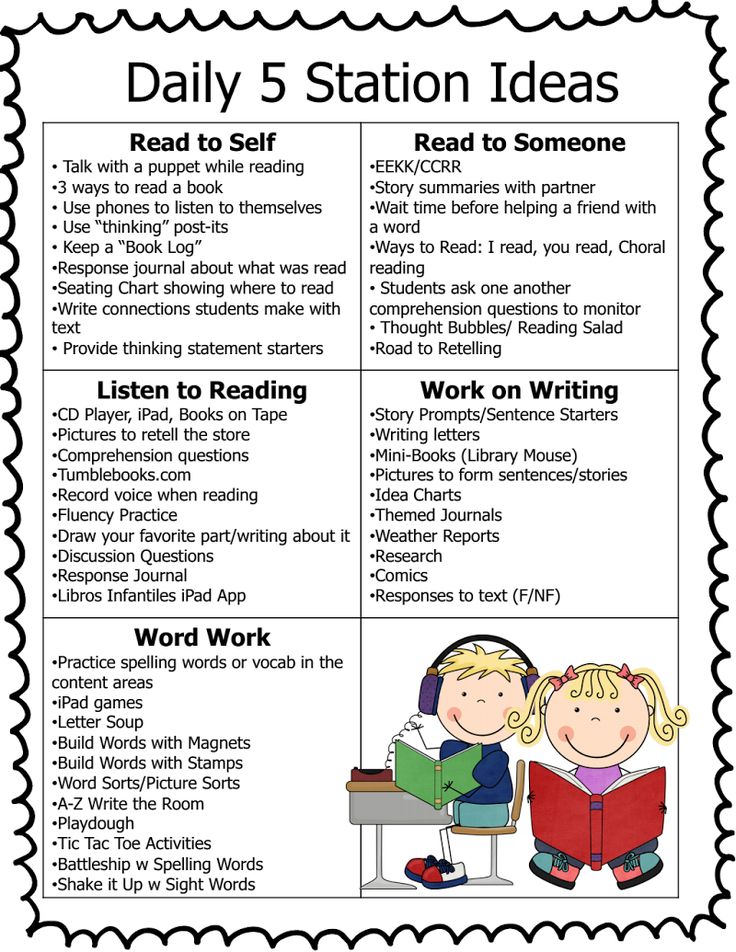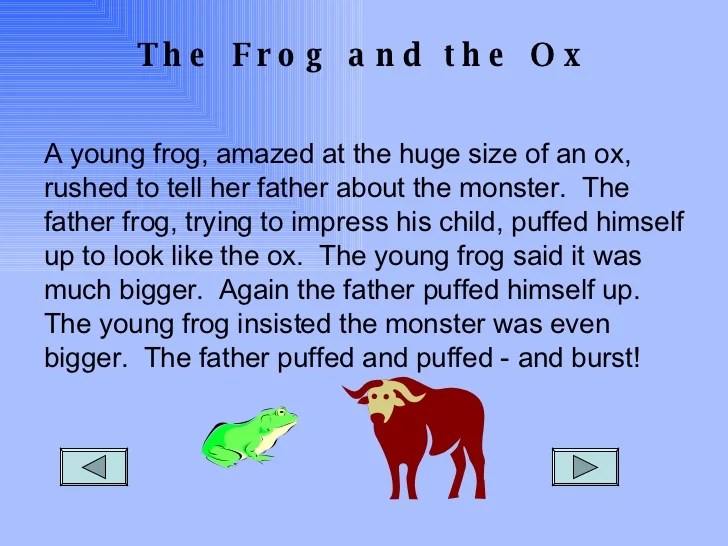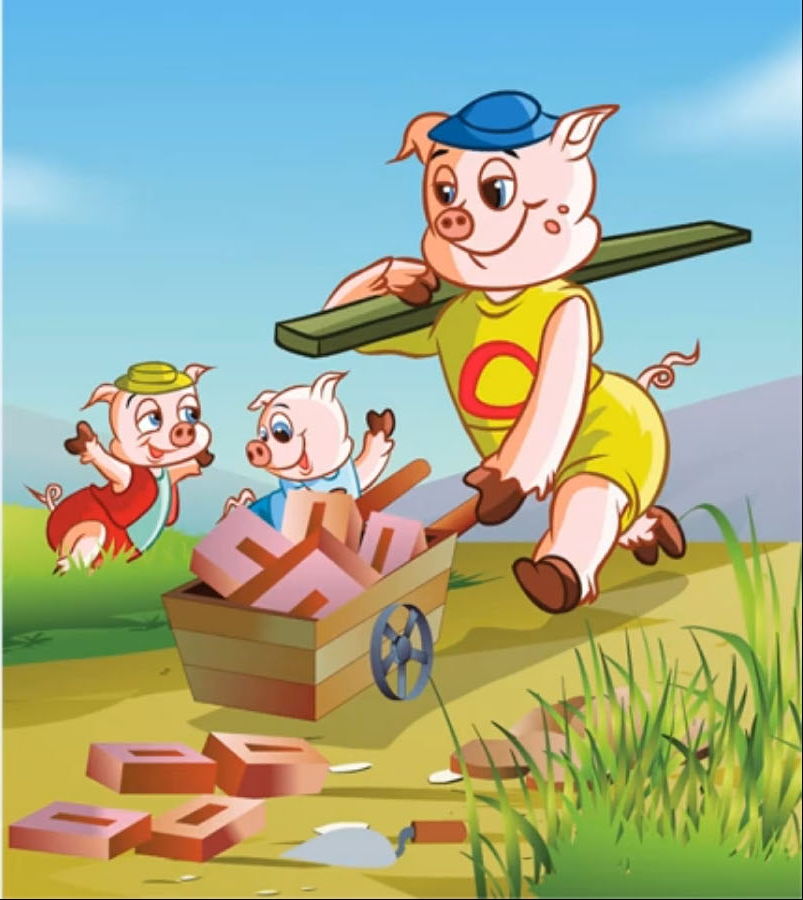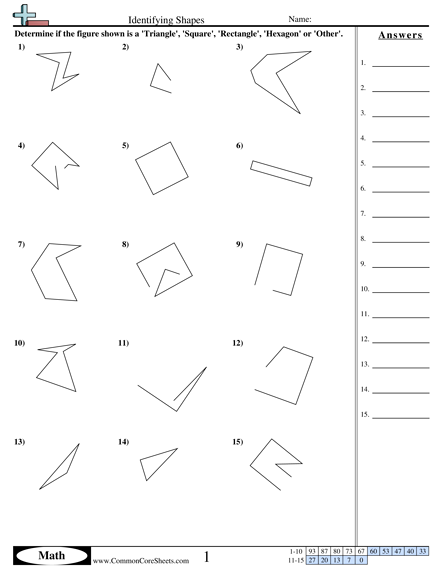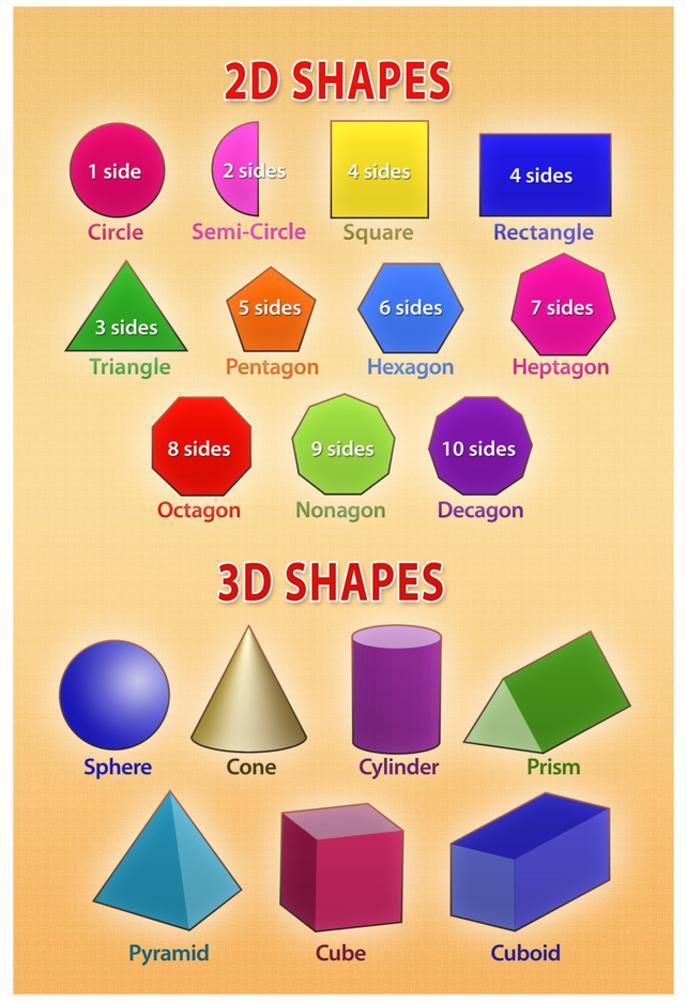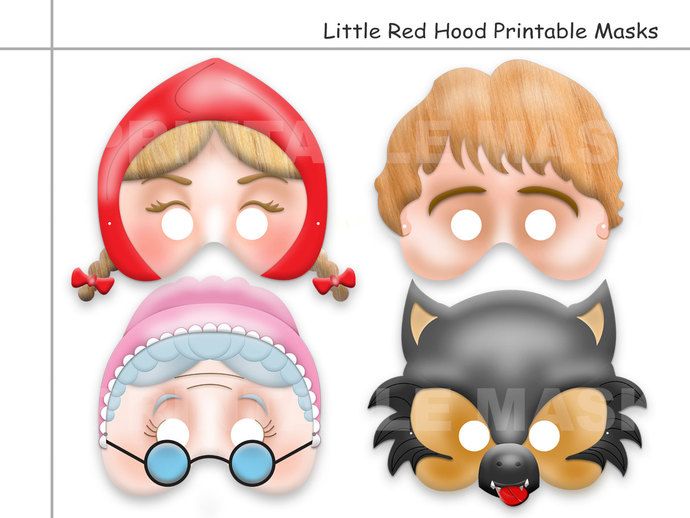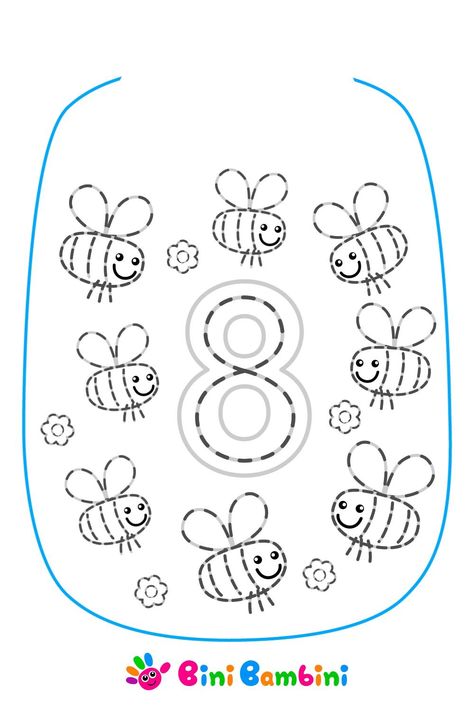Reading for ideas
25 Activities for Reading and Writing Fun
These activities have been developed by national reading experts for you to use with children, ages birth to Grade 6. The activities are meant to be used in addition to reading with children every day.
In using these activities, your main goal will be to develop great enthusiasm in the reader for reading and writing. You are the child's cheerleader. It is less important for the reader to get every word exactly right. It is more important for the child to learn to love reading itself. If the reader finishes one book and asks for another, you know you are succeeding! If your reader writes even once a week and comes back for more, you know you have accomplished your beginning goals.
Activities for birth to preschool: the early years
Activity 1: Books and babies
Babies love to listen to the human voice. What better way than through reading!
What you'll need:
Some books written especially for babies (books made of cardboard or cloth with flaps to lift and holes to peek through).
What to do:
- Start out by singing lullabies and folk songs to your baby. When your baby is about six months old, choose books with brightly colored, simple pictures and lots of rhythm in the text. (Mother Goose rhymes are perfect.) Hold your baby in your lap so he/she can see the colorful pages of the book. Include books that show pictures and names of familiar objects.
- As you read with your baby, point out objects in the pictures and make sure your baby sees all the things that are fun to do with books. (Pat the Bunny by Dorothy Kunhardt is a classic touch-and-feel book for babies.)
- Vary the tone of your voice with different characters in the stories, sing nursery rhymes, make funny faces, do whatever special effects you can to stimulate your baby's interest.
- Allow your child to touch and hold cloth and sturdy cardboard books.
- When reading to a baby, keep the sessions brief but read daily and often.
As you read to your baby, your child is forming an association between books and what is most loved – your voice and closeness.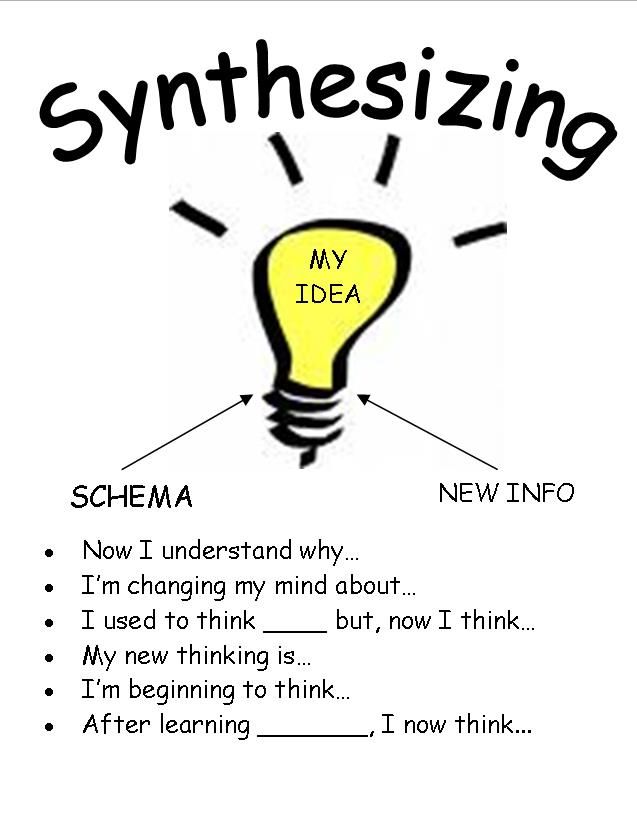 Allowing babies to handle books deepens their attachment even more.
Allowing babies to handle books deepens their attachment even more.
Activity 2: Tot talk
What's "old hat" to you can be new and exciting to toddlers and preschoolers. When you talk about everyday experiences, you help children connect their world to language and enable them to go beyond that world to new ideas.
What you'll need:
Yourself and your child
What to do:
- As you get dinner ready, talk to your child about things that are happening. When your 2- or 3-year-old "helps" by taking out all the pots and pans, talk about them. "Which one is the biggest?" "Can you find a lid for that one?" "What color is this one?"
- When walking down the street and your toddler or preschooler stops to collect leaves, stop and ask questions that require more than a "yes" or "no" answer. "Which leaves are the same?" "Which leaves are different?" "What else grows on trees?"
- Ask "what if" questions. "What would happen if we didn't shovel the snow?" "What if that butterfly lands on your nose?"
- Answer your child's endless "why" questions patiently.
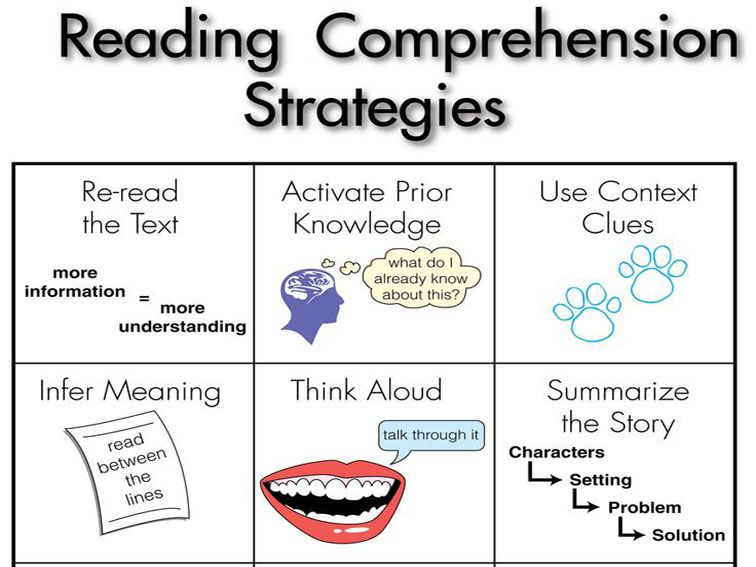 When you say, "I don't know, let's look it up," you show how important books are as resources for answering questions.
When you say, "I don't know, let's look it up," you show how important books are as resources for answering questions. - After your child tells you a story, ask questions so you can understand better. That way children learn how to tell complete stories and know you are interested in what they have to say.
- Expose your child to varied experiences – trips to the library, museum, or zoo; walks in the park; or visits with friends and relatives. Surround these events with lots of comments, questions, and answers.
Talking enables children to expand their vocabulary and understanding of the world. The ability to carry on a conversation is important for reading development. Remember, it is better to talk too much rather than too little with a small child.
Activity 3: R and R – repetition and rhyme
Repetition makes books predictable, and young readers love knowing what comes next.
What you'll need:
- Books with repeated phrases (Favorites are: Alexander and the Terrible, Horrible, No Good, Very Bad Day by Judith Viorst; Brown Bear, Brown Bear, What Do You See? by Bill Martin, Jr.
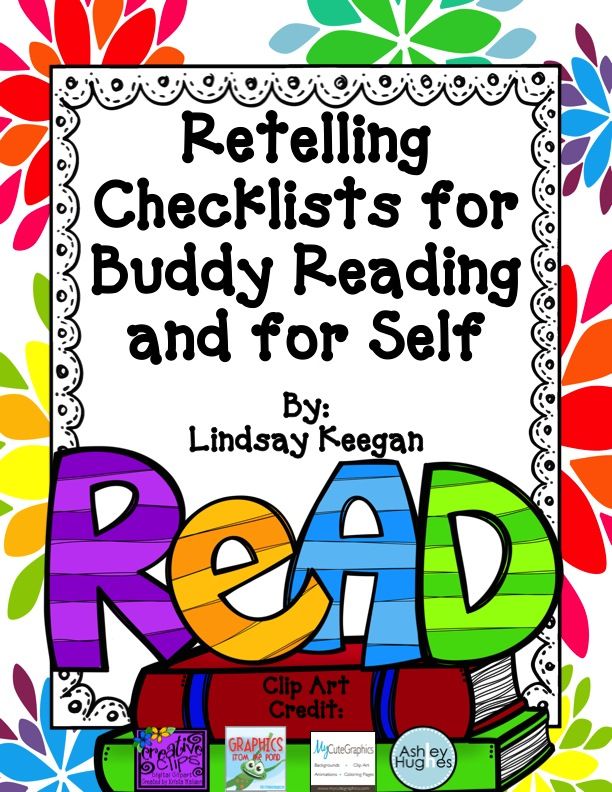 ; Horton Hatches the Egg by Dr. Seuss; and The Little Engine That Could by Watty Piper.
; Horton Hatches the Egg by Dr. Seuss; and The Little Engine That Could by Watty Piper. - Short rhyming poems.
What to do:
- Pick a story with repeated phrases or a poem you and your child like. For example, read:
(Wolf voice:) "Little pig, little pig, let me come in."
(Little pig:) "Not by the hair on my chinny-chin-chin."
(Wolf voice:) "Then I'll huff and I'll puff and I'll blow your house in!" - After the wolf has blown down the first pig's house, your child will soon join in with the refrain.
- Read slowly, and with a smile or a nod, let your child know you appreciate his or her participation.
- As the child grows more familiar with the story, pause and give him or her a chance to fill in the blanks and phrases.
- Encourage your child to pretend to read, especially books that contain repetition and rhyme. Most children who enjoy reading will eventually memorize all or parts of a book and imitate your reading.
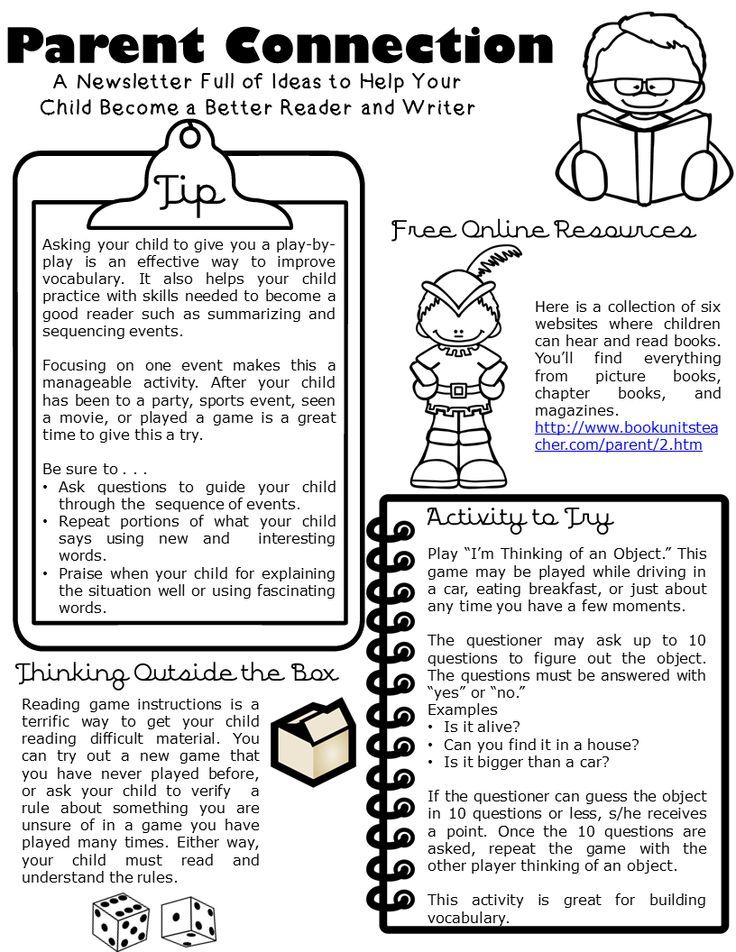 This is a normal part of reading development.
This is a normal part of reading development.
When children anticipate what's coming next in a story or poem, they have a sense of mastery over books. When children feel power, they have the courage to try. Pretending to read is an important step in the process of learning to read.
Activity 4: Poetry in motion
When children "act out" a good poem, they learn to love its rhyme, rhythm, and the pictures it paints with a few well-chosen words. They grow as readers by connecting feelings with the written word.
What you'll need:
Poems that rhyme, tell a story, and/or are written from a child's point of view.
What to do:
- Read a poem slowly to your child, and bring all your dramatic talents to the reading. (In other words, "ham it up.")
- If there is a poem your child is particularly fond of, suggest acting out a favorite line. Be sure to award such efforts with delighted enthusiasm.
- Suggest acting out a verse, a stanza, or the entire poem.
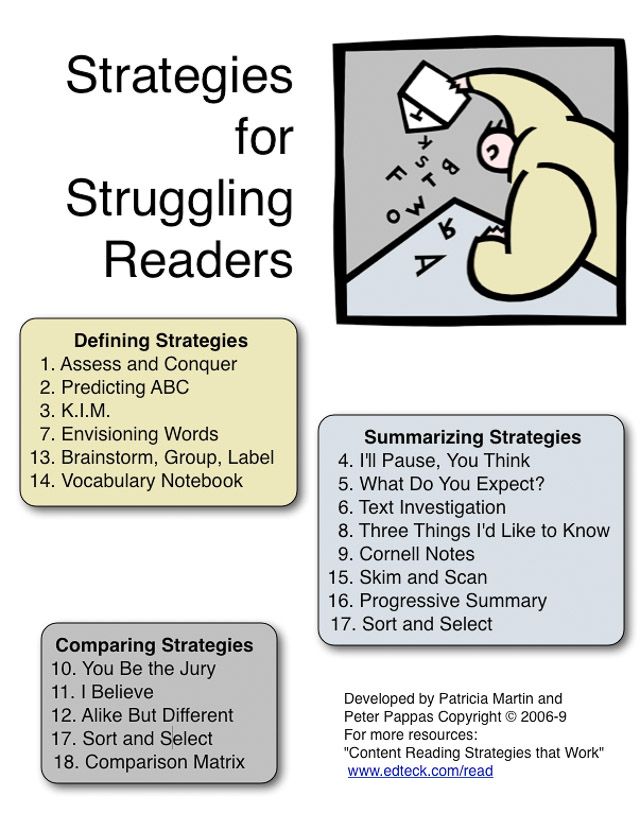 Ask your child to make a face the way the character in the poem is feeling. Remember that facial expressions bring emotion into the performer's voice.
Ask your child to make a face the way the character in the poem is feeling. Remember that facial expressions bring emotion into the performer's voice. - Be an enthusiastic audience for your child. Applause is always nice.
- If your child is comfortable with the idea, look for a larger setting with an attentive, appreciative audience. Perhaps an after-dinner "recital" for family members would appeal to your child.
- Mistakes are a fact of life, so ignore them.
Poems are often short with lots of white space on the page. This makes them manageable for new readers and helps to build their confidence.
Activity 5: Story talk
Talking about what you read is another way to help children develop language and thinking skills. You won't need to plan the talk, discuss every story, or expect an answer.
What you'll need:
Storybooks
What to do:
- Read slowly and pause occasionally to think aloud about a story. You can say: "I wonder what's going to happen next!" Or ask a question: "Do you know what a palace is?" Or point out: "Look where the little mouse is now.
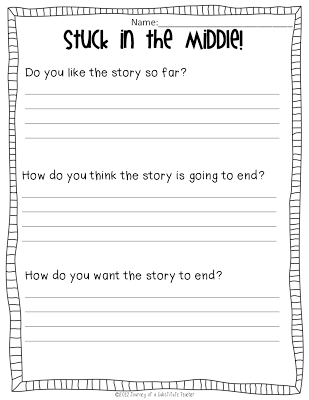 "
" - Answer your children's questions, and if you think they don't understand something, stop and ask them. Don't worry if you break into the flow of a story to make something clear. But keep the story flowing as smooth as possible.
- Talking about stories they read helps children develop their vocabularies, link stories to everyday life, and use what they know about the world to make sense out of stories.
Activity 6: Now hear this
Children are great mimics. When you tell stories, your child will begin to tell stories, too.
What you'll need:
Your imagination
What to do:
- Have your child tell stories like those you have told. Ask: "And then what happened?" to urge the story along.
- Listen closely when your child speaks. Be enthusiastic and responsive. Give your child full attention.
- If you don't understand some part of the story, take the time to get your child to explain. This will help your child understand the relationship between a speaker and a listener and an author and a reader.
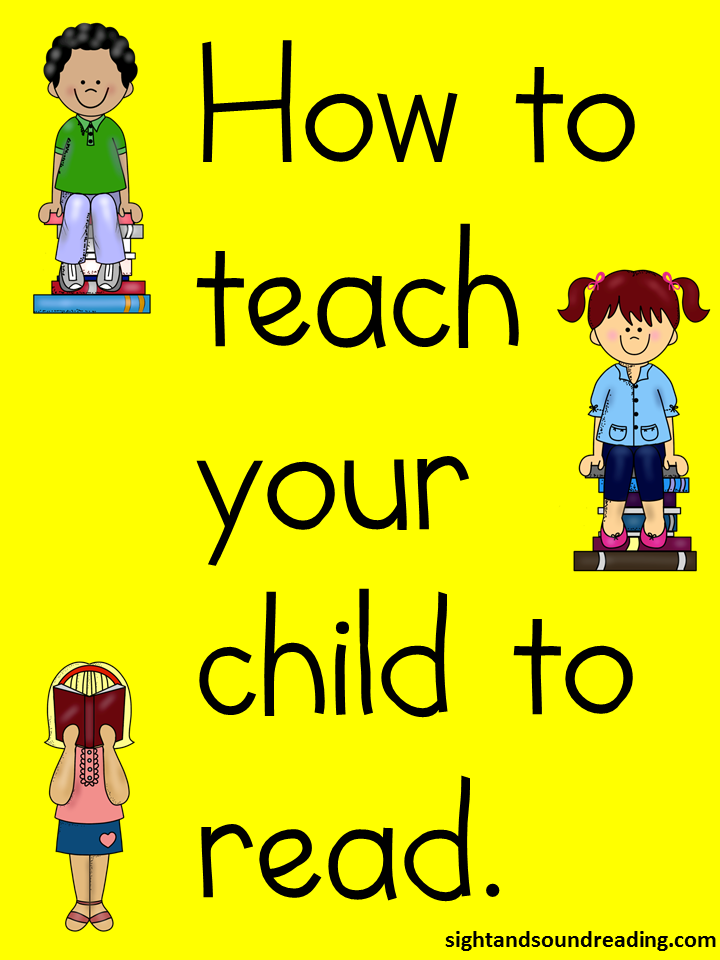
- Encourage your child to express himself or herself. This will help your child develop a richer vocabulary. It can also help with pronouncing words clearly.
Having a good audience is very helpful for a child to improve language skills, as well as confidence in speaking. Parents can be the best audience a child will ever have.
Activity 7: TV
Television can be a great tool for education. The keys to successful TV viewing are setting limits, making good choices, taking time to watch together, discussing what you view, and encouraging follow-up reading.
What you'll need:
A weekly TV schedule
What to do:
- Limit your child's TV viewing and make your rules and reasons clear. Involve your child in choosing which programs to watch. Read the TV schedule together to choose.
- Monitor what your child is watching, and whenever possible, watch the programs with your child.
- When you watch programs with your child, discuss what you have seen so your child can better understand the programs.
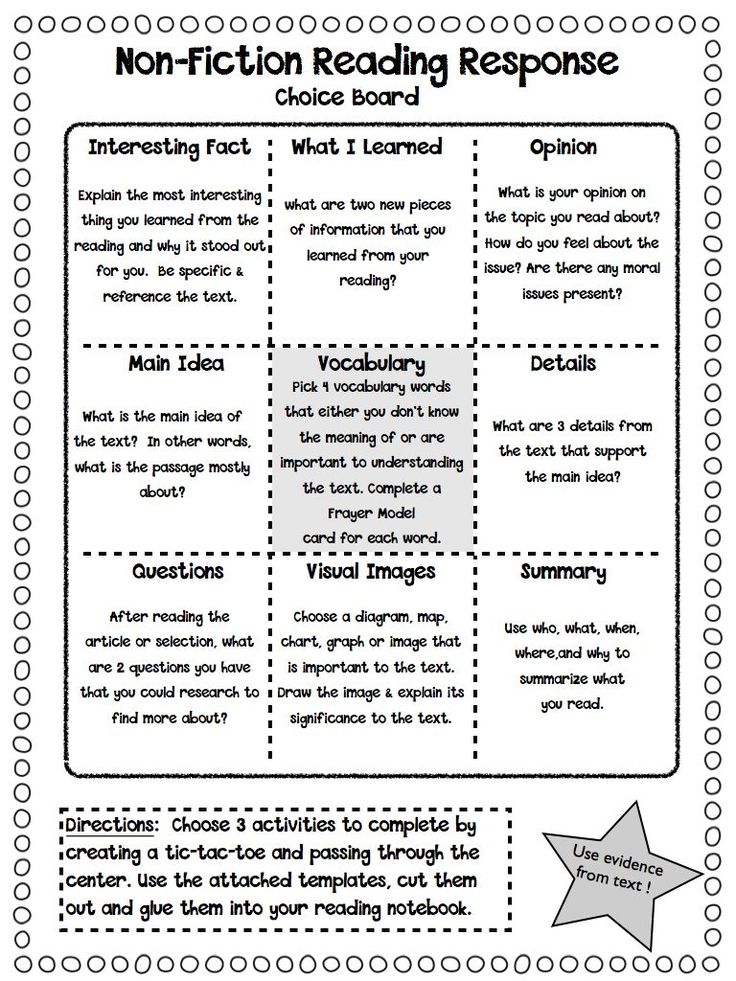
- Look for programs that will stimulate your child's interests and encourage reading (such as dramatizations of children's literature and programs on wildlife and science.)
Many experts recommend that children watch no more than 10 hours of TV each week. Limiting TV viewing frees up time for reading and writing activities.
It is worth noting that captioned TV shows can be especially helpful for children who are deaf or hard-of-hearing, studying English as a second language, or having difficulty learning to read.
Activities for preschool to grade two: moving into reading
Check out Reading Rockets' new summer website, Start with a Book. You'll find a treasure trove of themed children's books, parent–child activities, and other great resources for summer learning.
Activity 8: World of words
Here are a few ways to create a home rich in words.
What you'll need:
- Paper
- Pencils, crayons, markers
- Glue
- Newspapers, magazines
- Safety scissors
What to do:
- Hang posters of the alphabet on the bedroom walls or make an alphabet poster with your child.
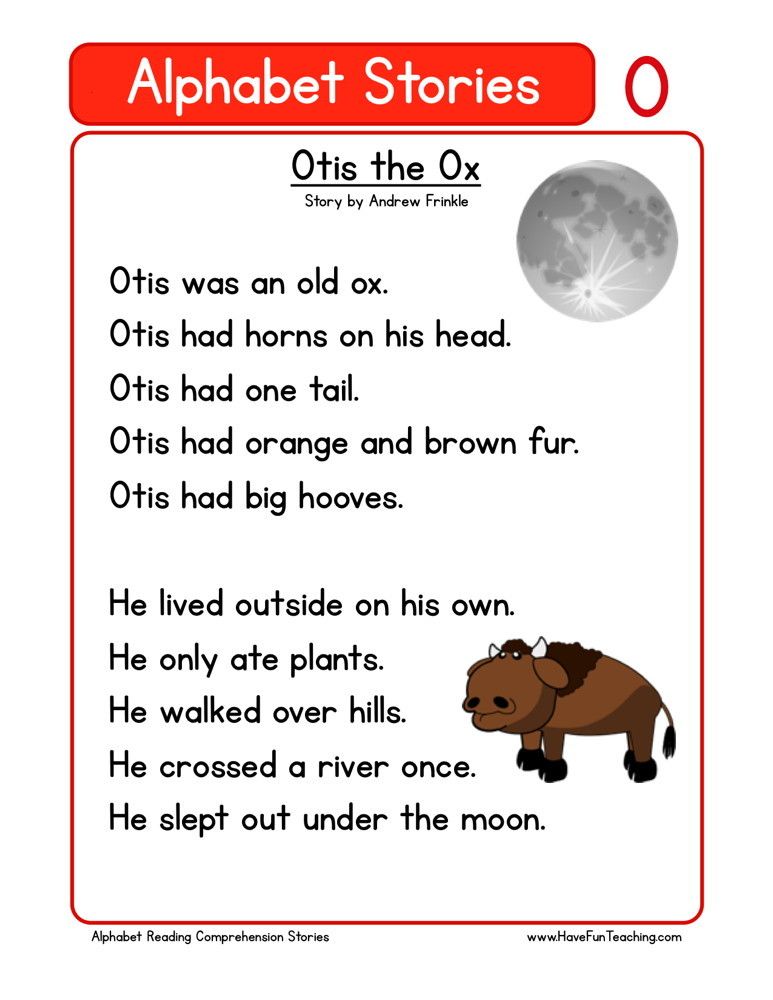 Print the letters in large type. Capital letters are usually easier for young children to learn first.
Print the letters in large type. Capital letters are usually easier for young children to learn first. - Label the things in your child's pictures. If your child draws a picture of a house, label it with "This is a house." and put it on the refrigerator.
- Have your child watch you write when you make a shopping list or a "what to do" list. Say the words aloud and carefully print each letter.
- Let your child make lists, too. Help your child form the letters and spell the words.
- Look at newspapers and magazines with your child. Find an interesting picture and show it to your child as you read the caption aloud.
- Create a scrapbook. Cut out pictures of people and places and label them.
- By exposing your child to words and letters often, your child will begin to recognize the shapes of letters. The world of words will become friendly.
Activity 9: Write on
Writing helps a child become a better reader, and reading helps a child become a better writer.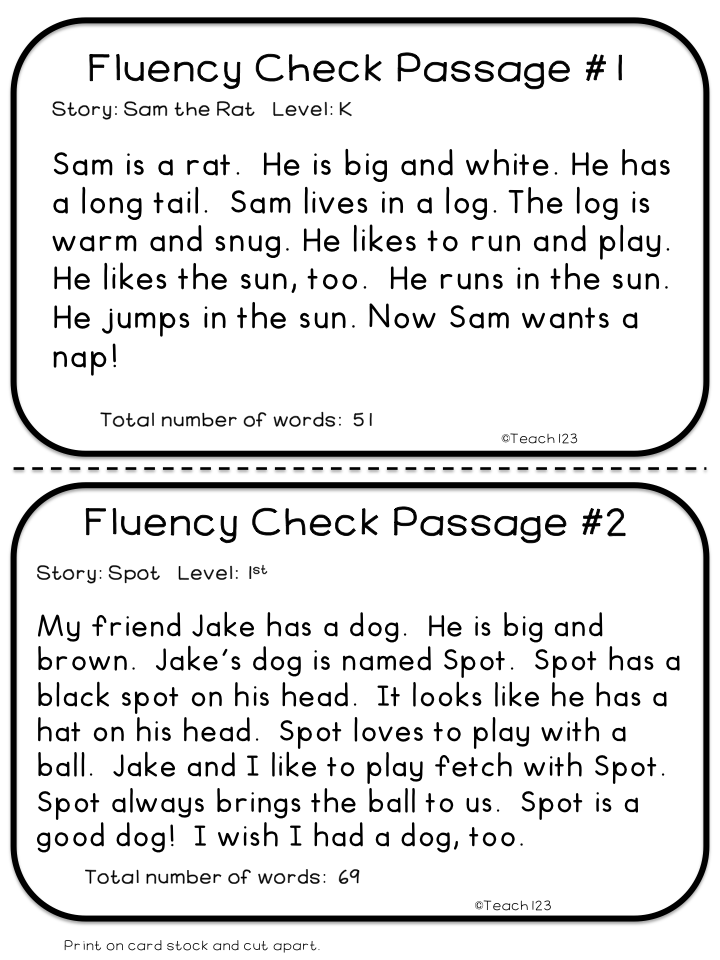
What you'll need:
- Pencils, crayons, or markers
- Paper or notebook
- Chalkboard and chalk
What to do:
- Ask your child to dictate a story to you. It could include descriptions of your outings and activities, along with mementos such as fall leaves and flowers, birthday cards, and photographs. Older children can do these activities on their own.
- Use a chalkboard or a family message board as an exciting way to involve children in writing with a purpose.
- Keep supplies of paper, pencils, markers, and the like within easy reach.
- Encourage beginning and developing writers to keep journals and write stories. Ask questions that will help children organize the stories, and respond to their questions about letters and spelling. Suggest they share the activity with a smaller brother, sister, or friend.
- Respond to the content of children's writing, and don't be overly concerned with misspellings. Over time you can help your child concentrate on learning to spell correctly.
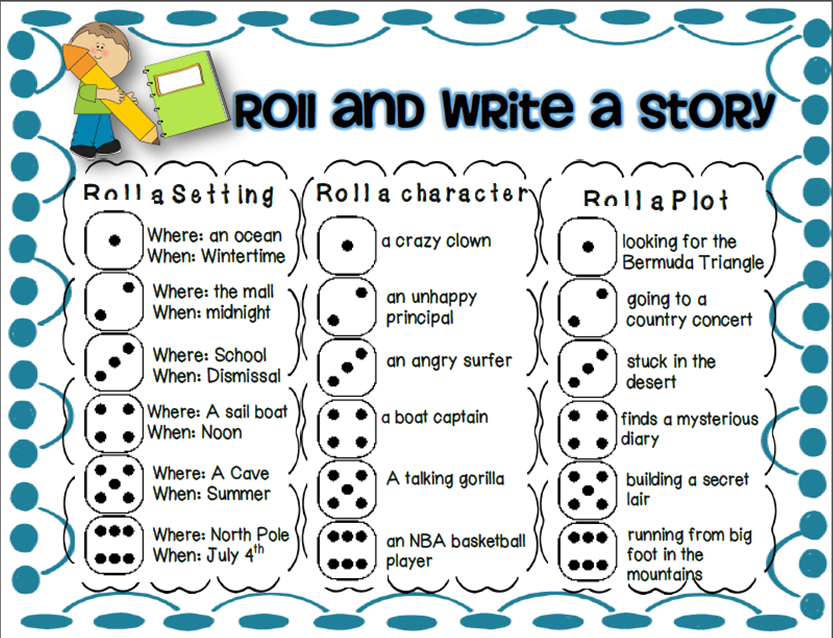
- When children begin to write, they run the risk of criticism, and it takes courage to continue. Our job as parents is to help children find the courage. We can do it by expressing our appreciation of their efforts.
Activity 10: Look for books
The main thing is to find books you both love. They will shape your child's first impression of the world of reading.
What you'll need:
Good books
What to do:
- Ask friends, neighbors, and teachers to share the titles of their favorite books.
- Visit your local public library, and as early as possible, get your child a library card. Ask the librarian for help in selecting books. Have your child join you in browsing for books and making selections.
- Look for award-winning books. Each year the American Library Association selects children's books for the Caldecott Medal for illustrations and the Newbery Medal for writing.
- Check the book review section of the newspapers and magazines for the recommended new children's books.
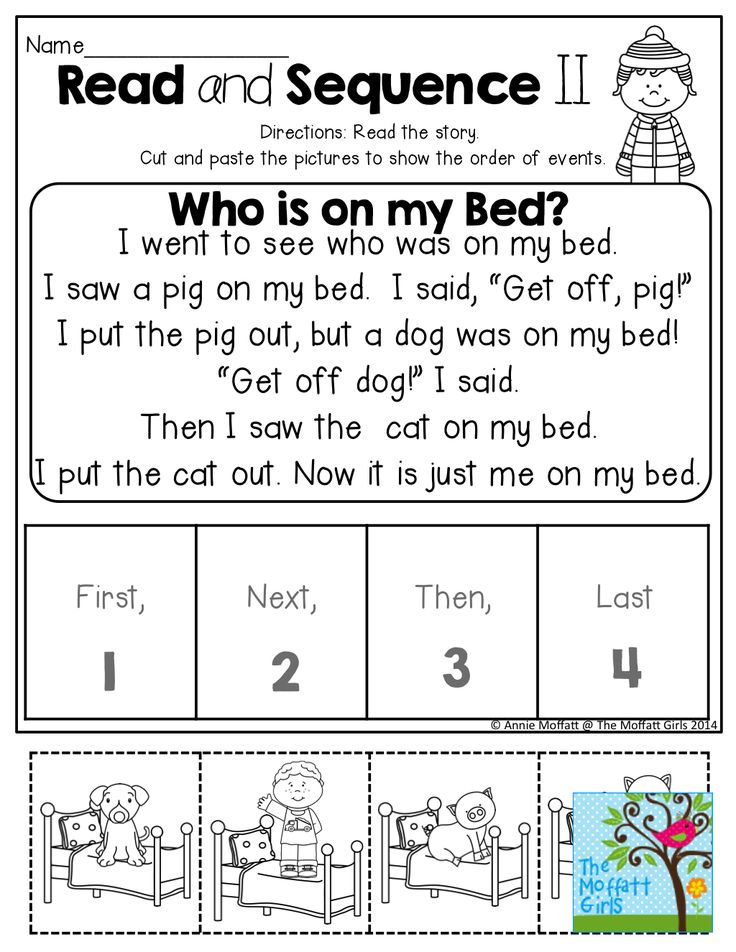
- If you and your child don't enjoy reading a particular book, put it aside and pick up another one.
- Keep in mind that your child's reading level and listening level are different. When you read easy books, beginning readers will soon be reading along with you. When you read more advanced books, you instill a love of stories, and you build the motivation that transforms children into lifelong readers.
Activity 11: Read to me
It's important to read to your child, but equally important to listen to them read to you. Children thrive on having someone appreciate their developing skills.
What you'll need:
Books at your child's reading level
What to do:
- Listen carefully as your child reads.
- Take turns. You read a paragraph and have your child read the next one or you read half the page and your child reads the other half. As your child becomes more at ease with reading aloud, take turns reading a full page. Keep in mind that your child may be focusing more on how to read the words than what they mean, and your reading helps to keep the story alive.
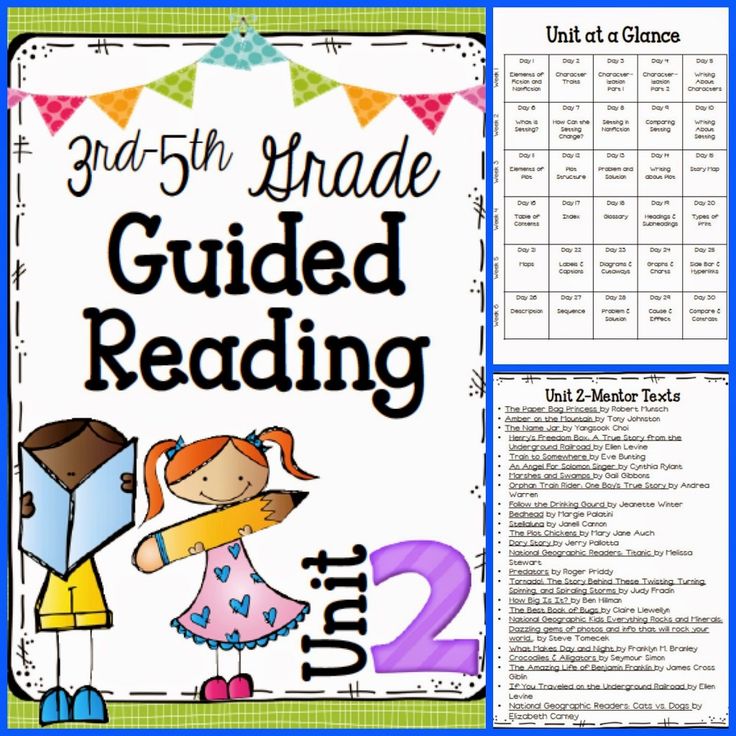
- If your child has trouble reading words, you can help him or her in several ways:
- Ask the child to skip over the word, read the rest of the sentence, and then say what would make sense in the story for the missing word.
- Guide the child to use what he or she knows about letter sounds.
- Supply the correct word.
- Tell your child how proud you are of his or her efforts and skills.
Listening to your child read aloud provides opportunities for you to express appreciation of his or her new skills and for them to practice their reading. Most importantly, this is another way to enjoy reading together.
Activity 12: Family stories
Family stories enrich the relationship between parent and child.
What you'll need:
Time set aside for talking with your child.
What to do:
- Tell your child stories about your parents and grandparents. You might even put these stories in a book and add old family photographs.
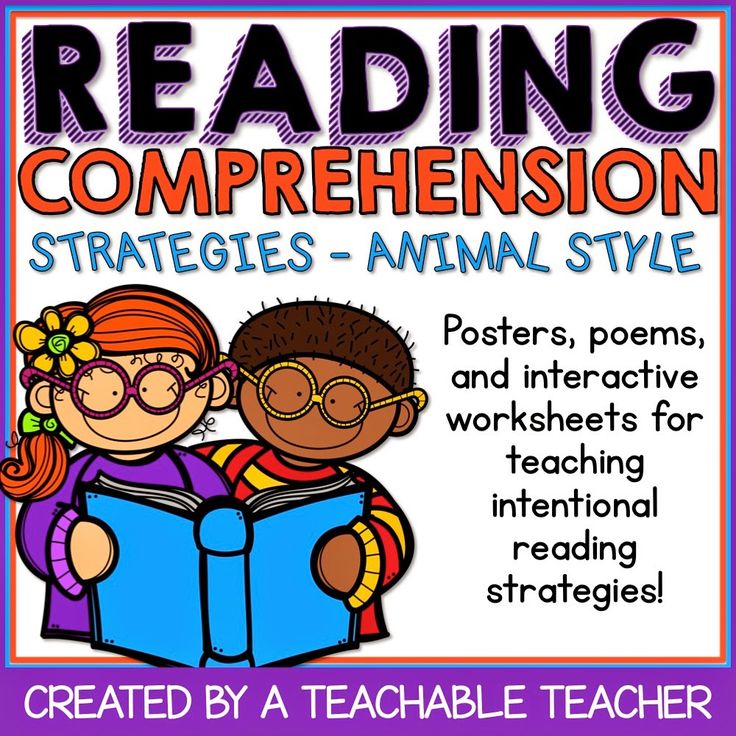
- Have your child tell you stories about what happened on special days, such as holidays, birthdays, and family vacations.
- Reminisce about when you were little. Describe things that happened at school involving teachers and subjects you were studying. Talk about your brothers, sisters, or friends.
- Write a trip journal with your child to create a new family story. Recording the day's events and pasting the photographs into the journal ties the family story to a written record. You can include everyday trips like going to the market or the park.
- It helps for children to know that stories come from real people and are about real events. When children listen to stories, they hear the voice of the storyteller. This helps them hear the words when they learn to read aloud or read silently.
Activity 13: P.S. I love you
Something important happens when children receive and write letters. They realize that the printed word has a purpose.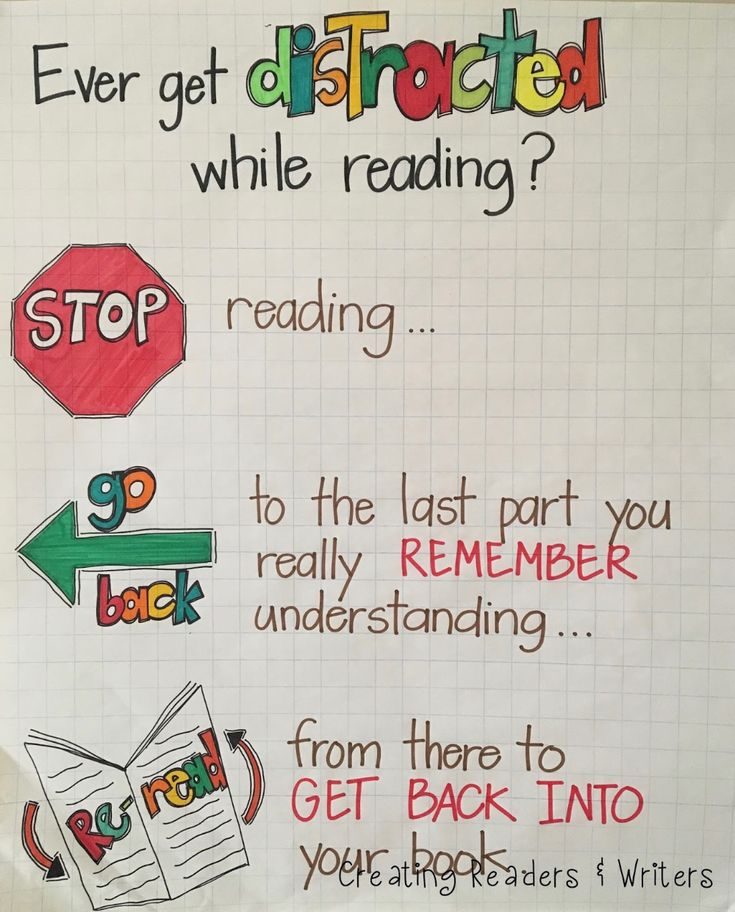
What you'll need:
- Paper
- Pencil, crayon, or marker
What to do:
Language is speaking listening, reading, and writing. Each element supports and enriches the others. Sending letters will help children become better writers, and writing will make them better readers.
Activities for grades 3–6: encouraging the young reader
Activity 14: Good books make reading fun
Stories for young children should be of all kinds – folktales, funny tales, exciting tales, tales of the wondrous and stories that tell of everyday things.
What you'll need:
A variety of interesting books
What to do:
- An essential step in learning to read is good books read aloud. Parents who read aloud to their children are teaching literacy concepts simply by sharing books. Encourage your children to listen, ponder, make comments, and ask questions.
- Be flexible enough to quickly abandon a book that does not appeal after a reasonable try at reading it.
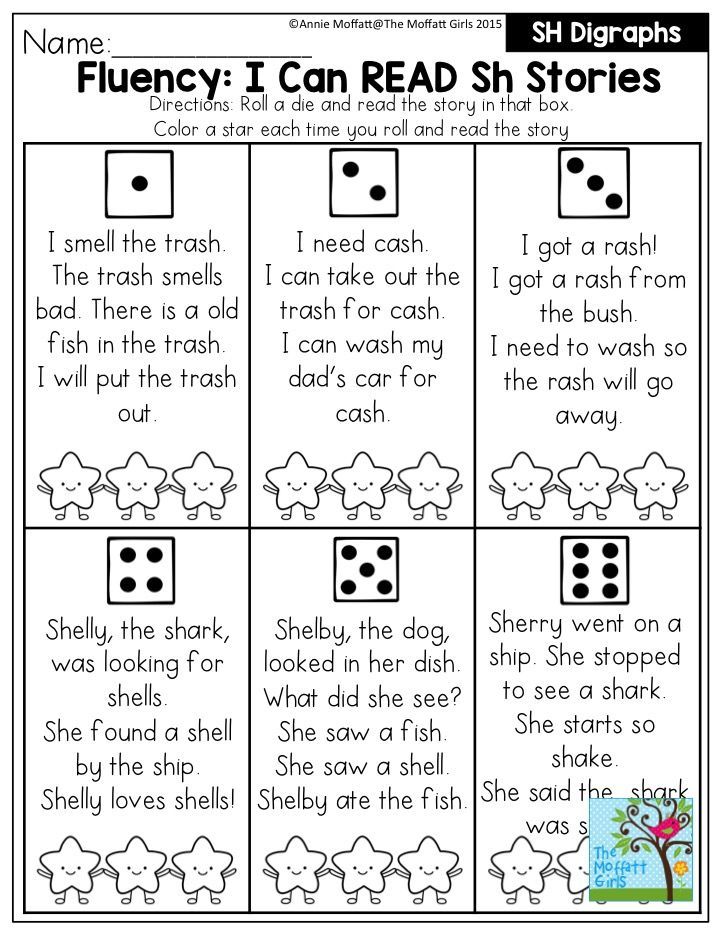 No one is meant to enjoy every book. And no one, especially a child, should be forced to read or listen to books that bore.
No one is meant to enjoy every book. And no one, especially a child, should be forced to read or listen to books that bore. - Even after children have outgrown picture books they still enjoy hearing a story read aloud. Hearing a good story read well, especially if it is just a little beyond a child's own capabilities, is an excellent way to encourage independent reading. Not all books are best read aloud; some are better enjoyed silently.
- There are plenty of children's books that are twice as satisfying when they are shared a chapter at a time before bed or during long car rides. There are some books that children should not miss, books that they will want to hear many times and ultimately read for themselves.
- Young children want to read what makes them laugh or cry, shiver and gasp. They must have stories and poems that reflect what they themselves have felt. They need the thrill of imagining, of being for a time in some character's shoes for a spine-tingling adventure.
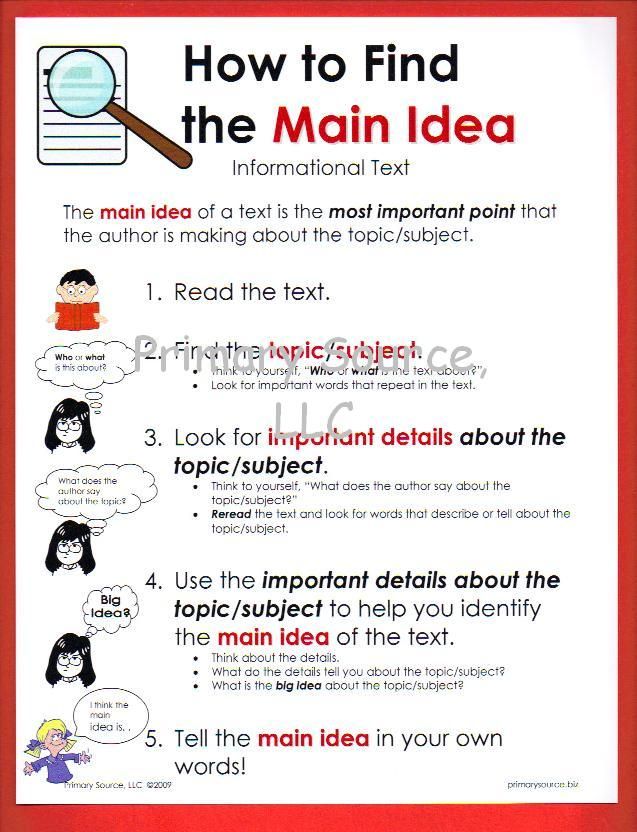 They want to experience the delight and amazement that comes with hearing playful language. For children, reading must be equated with enjoying, imagining, wondering, and reacting with feeling. If not, we should not be surprised if they refuse to read. So let your child sometime choose the story or book that they want you to read to them.
They want to experience the delight and amazement that comes with hearing playful language. For children, reading must be equated with enjoying, imagining, wondering, and reacting with feeling. If not, we should not be surprised if they refuse to read. So let your child sometime choose the story or book that they want you to read to them.
Give your child many opportunities to read and write stories, lists, messages, letters, notes, and postcards to relatives and friends. Since the skills for reading and writing reinforce one another, your child's skills and proficiency in reading and writing will be strengthened if you help your child connect reading to writing and writing to reading.
Activity 15: Artful artists
Children love to be creative when it comes to drawing, and illustrations add visual imagery to stories.
What you'll need:
- Drawing paper
- Pens and pencils
- Magic markers or crayons
What to do:
Find a fable, fairy tale, or other short story for your child to read.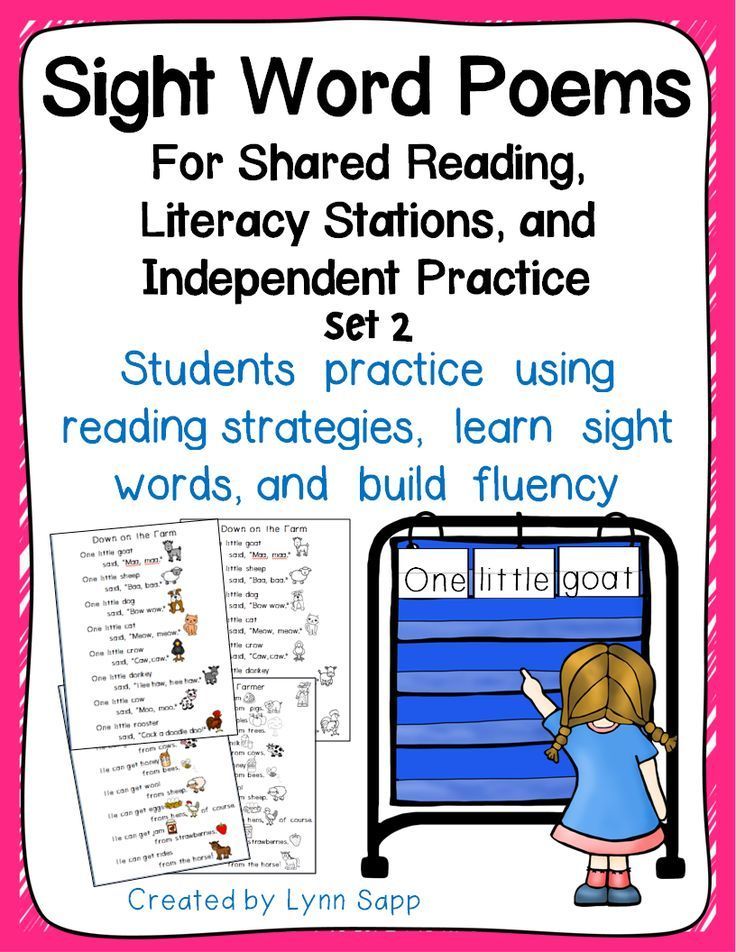 Then ask your child to illustrate a part of the story he or she likes best or describe a favorite character. Have the child dictate or write a few sentences that tell about this picture.
Then ask your child to illustrate a part of the story he or she likes best or describe a favorite character. Have the child dictate or write a few sentences that tell about this picture.
Activity 16: Shopping your way with words
Use your weekly shopping trip as an opportunity to help your child develop reading and writing skills.
What you'll need:
- Paper and pencils
- Newspaper ads
- Supermarket coupons
What to do:
As you make out your grocery shopping list, give your child a sheet of paper and read the items to him or her. If the child asks for spelling help, write the words correctly for him or her to copy or spell the words aloud as your child writes them.
Ask your child to look through the newspaper ads to find the prices of as many items as possible. Your child can write these prices on the list and then look through your coupons to select the ones you can use. Take your child to the supermarket and ask him or her to read each item to you as you shop.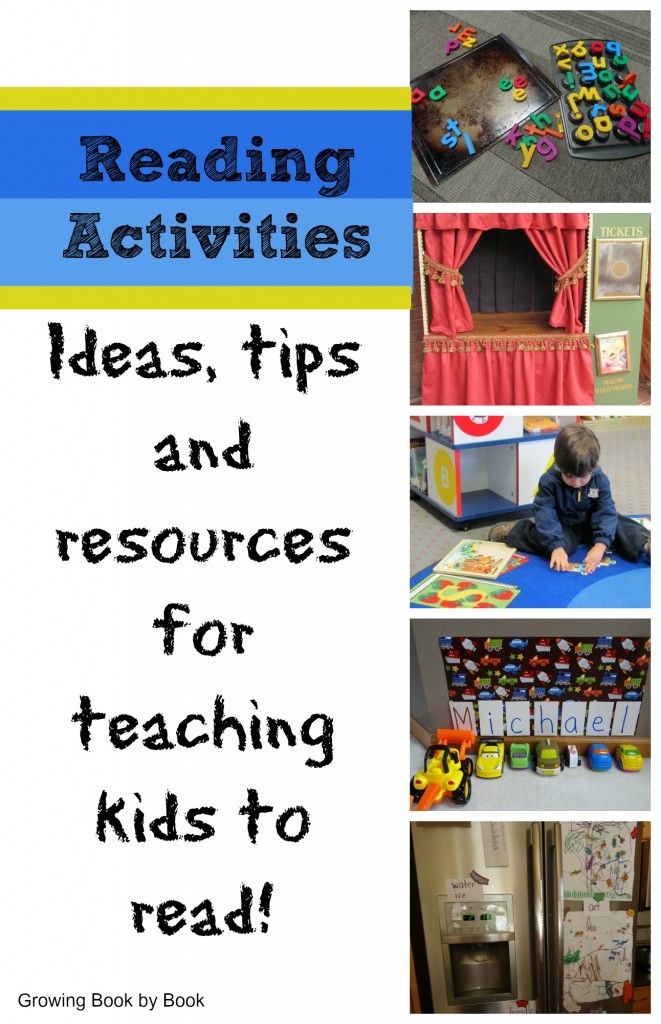
Activity 17: Cookbooking
Cooking is always a delight for children, especially when they can eat the results!
What you'll need:
- Easy-to-read recipes
- Cooking utensils
- Paper and pencils
What to do:
Show your child a recipe and go over it together. Ask your child to read the recipe to you as you work, and tell the child that each step must be done in a special order. Let your child help mix the ingredients. Allow your child to write down other recipes from the cookbook that he or she would like to help make.
Activity 18: Dictionary words
A dictionary is a valuable learning tool, especially if your child makes up his or her own booklet of words that are challenging.
What you'll need:
- Paper and pencils
- A stapler
- Old magazines
- Newspaper and supplements
What to do:
Encourage your child to make a dictionary by putting together several sheets of paper for a booklet.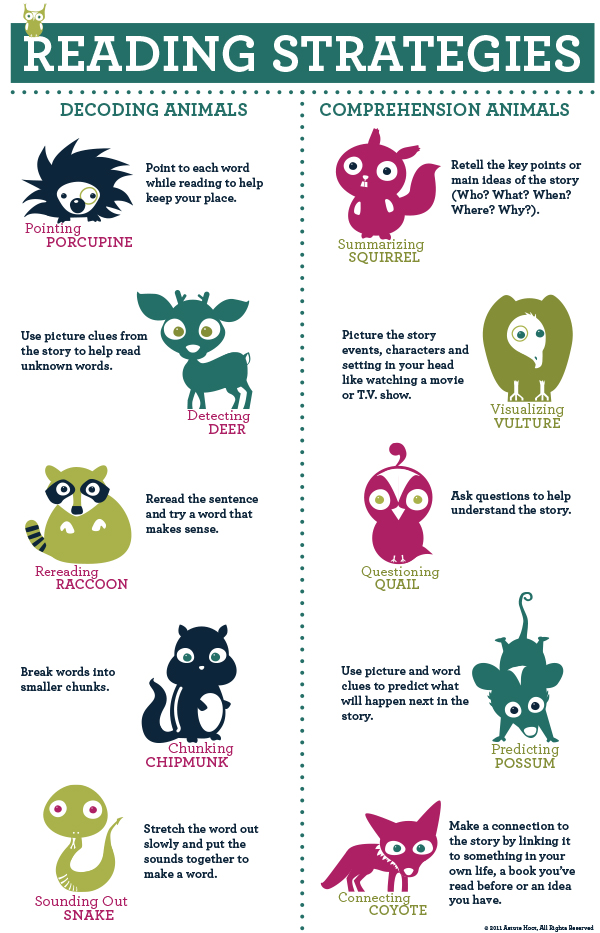 Ask your child to write at the top of each page a new word he or she has recently learned. If the word can be shown in a picture, have him or her look through magazines and newspapers to find pictures that illustrate the words and paste them on the correct pages.
Ask your child to write at the top of each page a new word he or she has recently learned. If the word can be shown in a picture, have him or her look through magazines and newspapers to find pictures that illustrate the words and paste them on the correct pages.
Have your child write the meaning of each word and a sentence using each new word. Your child can then use some or all of these sentences as the basis for a creative story. Have your child read this story to you and other family members.
Activity 19: Journals
Keeping a journal is a way for your child to write down daily events and record his or her thoughts.
What you'll need:
Two notebooks - one for your child and one for you!
What to do:
Help your child start a journal. Say what it is and discuss topics that can be written about, such as making a new friend, an interesting school or home activity just completed, or how your child felt on the first day of school. Encourage your child to come up with other ideas.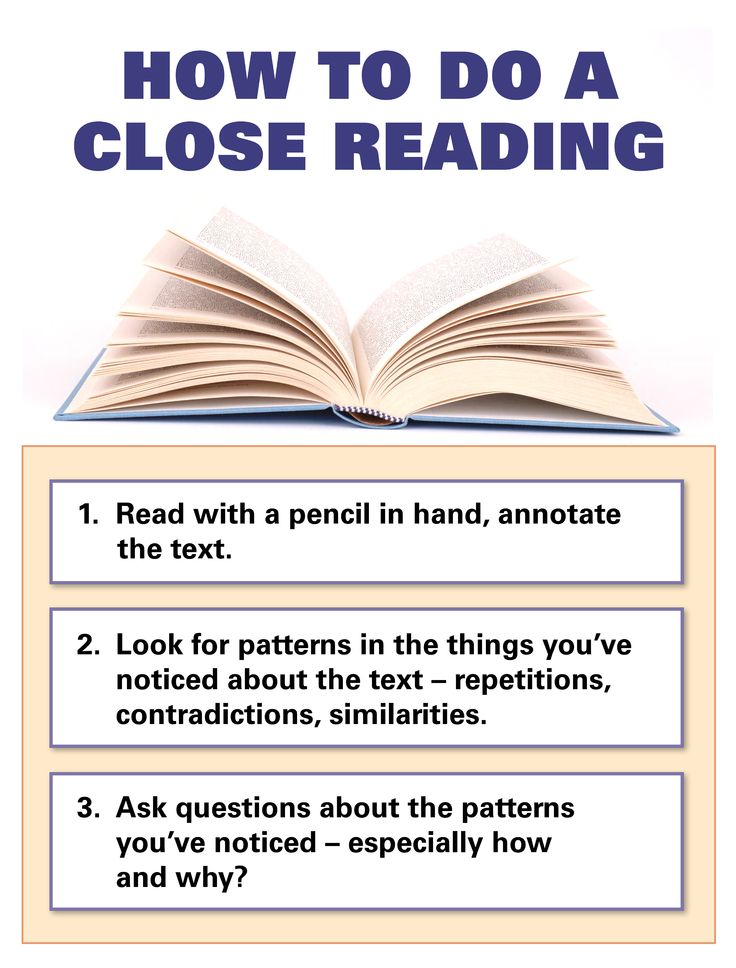 Keep a journal yourself and compare notes at the end of the week. You and your child each can read aloud parts of your journals that you want to share.
Keep a journal yourself and compare notes at the end of the week. You and your child each can read aloud parts of your journals that you want to share.
Activity 20: Greetings and salutations
Everyone loves to get mail, especially when the card has been personally designed.
What you'll need:
- Paper and pencils
- Crayons and magic markers
- Stamps and envelopes
What to do:
Ask your child to list the birthdays of family members, relatives, and friends. Show your child some store-bought birthday cards with funny, serious, or thought-provoking messages. Your child can then create his or her own birthday card by using a folded piece of paper, making an attractive cover, and writing a short verse inside. Then your child can mail the cards to friends and relatives for their birthdays.
Activity 21: Giving the gift of reading
Reading a book is more fun when you have a homemade bookmark to mark your spot.
What you'll need:
- Pieces of lightweight cardboard
- Pens and pencils
- Paper
- Crayons and magic markers
What to do:
Provide your child with a piece of cardboard about 6" long and 2" wide.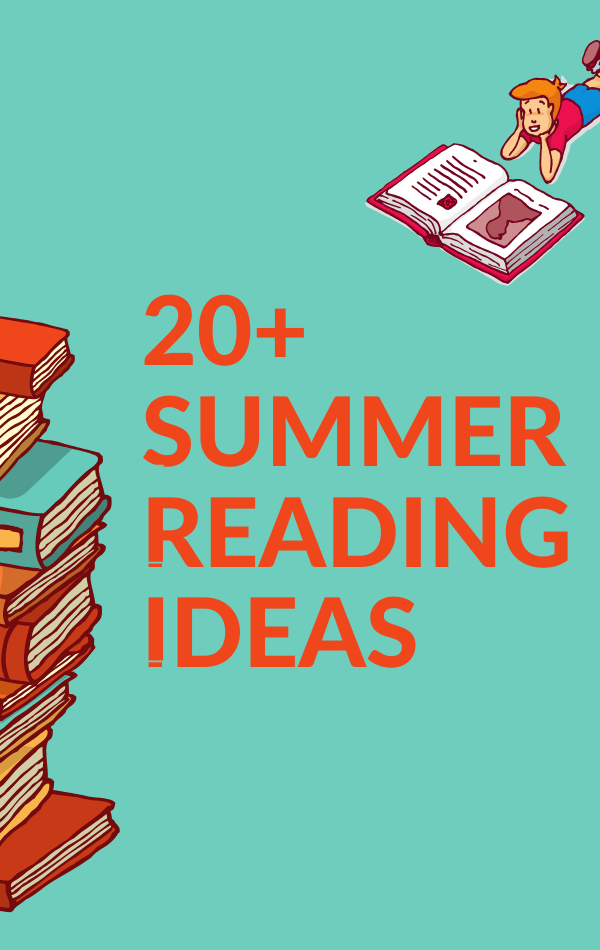 On one side of the bookmark, have your child draw a picture of a scene from a book he or she has read. On the other side, ask your child to write the name of the book, its author, publisher, publication date, and a few sentences about the book. After making several of these bookmarks, you might ask the child to send them to friends and relatives as gifts accompanied by a short note.
On one side of the bookmark, have your child draw a picture of a scene from a book he or she has read. On the other side, ask your child to write the name of the book, its author, publisher, publication date, and a few sentences about the book. After making several of these bookmarks, you might ask the child to send them to friends and relatives as gifts accompanied by a short note.
Activity 22: Let your fingers do the walking
The telephone book contains a wealth of information and is a good tool for reading and writing.
What you'll need:
- A telephone book, including the yellow pages
- Paper and pencils
What to do:
Have your child look through the yellow pages of the telephone directory, select a particular service, and write a clever or funny ad for it. Have your child read this ad to you. Help your child to find your own or a friend's listing in the white pages of the telephone book. Explain the different entries (for example, last name and address), along with the abbreviations commonly used.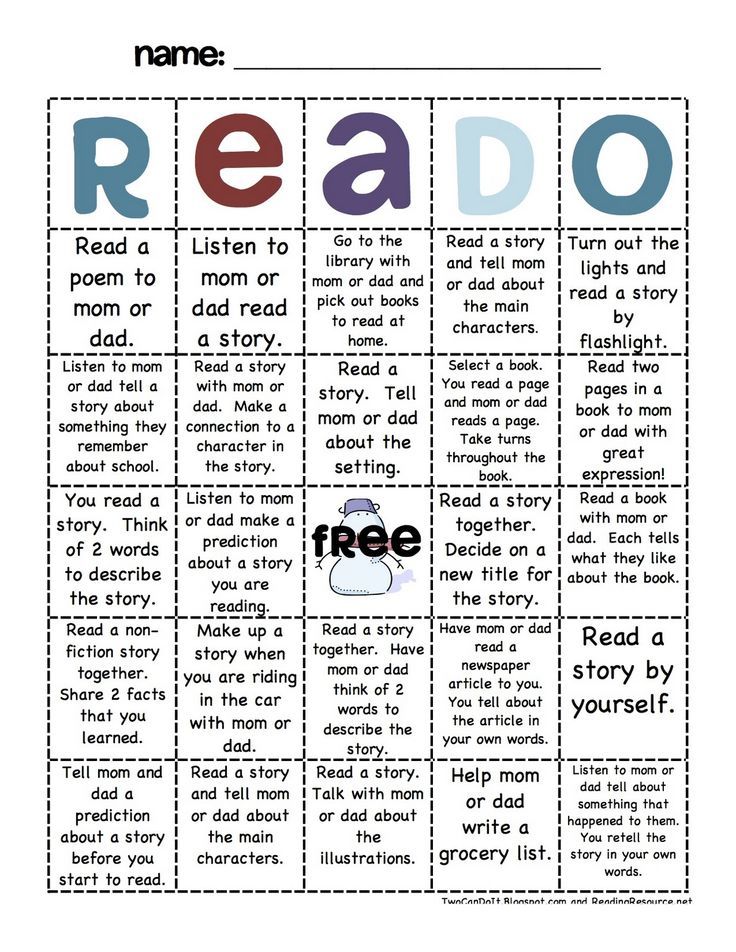
Activity 23: Map your way to success
Children love to read road maps and this activity actually helps them with geography.
What you'll need:
- A road map or atlas
- Paper and pencil
- Stamps and envelopes
What to do:
When planning a vacation, let your child see the road map and help you plan where you will drive. Talk about where you will start and where you will end up. Let your child follow the route between these two points. Encourage your child to write to the Chamber of Commerce for brochures about places you will see on your trip.
Activity 24: What's in the news?
Newspapers are a form of daily communication with the outside world, and provide lots of learning activities for children.
What you'll need:
- Newspapers
- Scissors
- Colored pencils
What to do:
- Clip out an interesting news story and cut the paragraphs apart. Ask your child to read the paragraphs and put them in order.
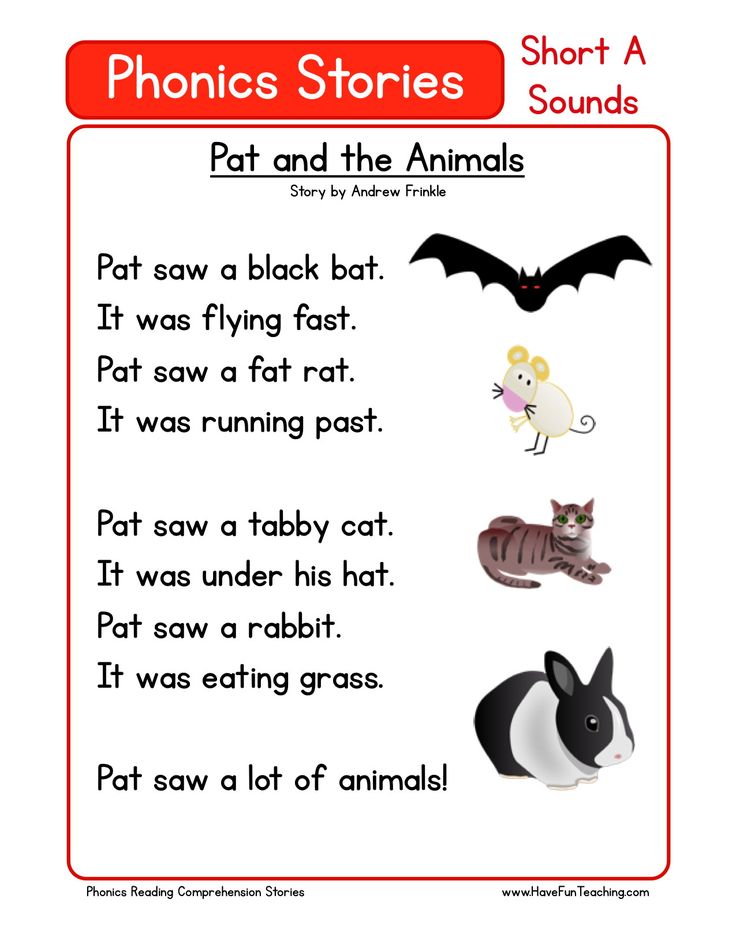
- Ask your child to read a short editorial printed in your local newspaper and to underline all the facts with a green pencil and all the opinions with an orange pencil.
- Pictures fascinate children of all ages. Clip pictures in the newspaper. Ask your child to tell you about the picture or list adjectives to describe the picture.
- Do you take your child to the movies? Have your child first look up the movie page by using the index in the newspaper. After a movie has been chosen, have your child study the picture or text in the ad and tell you what he or she thinks the movie is about.
- Have your child pick a headline and turn it into a question. Then the child can read the article to see if the question is answered.
- Ask your child to clip food coupons from the newspaper for your grocery shopping trips. First, talk about which products you use and which you do not. Then the child can cut out the right coupons and putt hem into categories such as drinks and breakfast items.
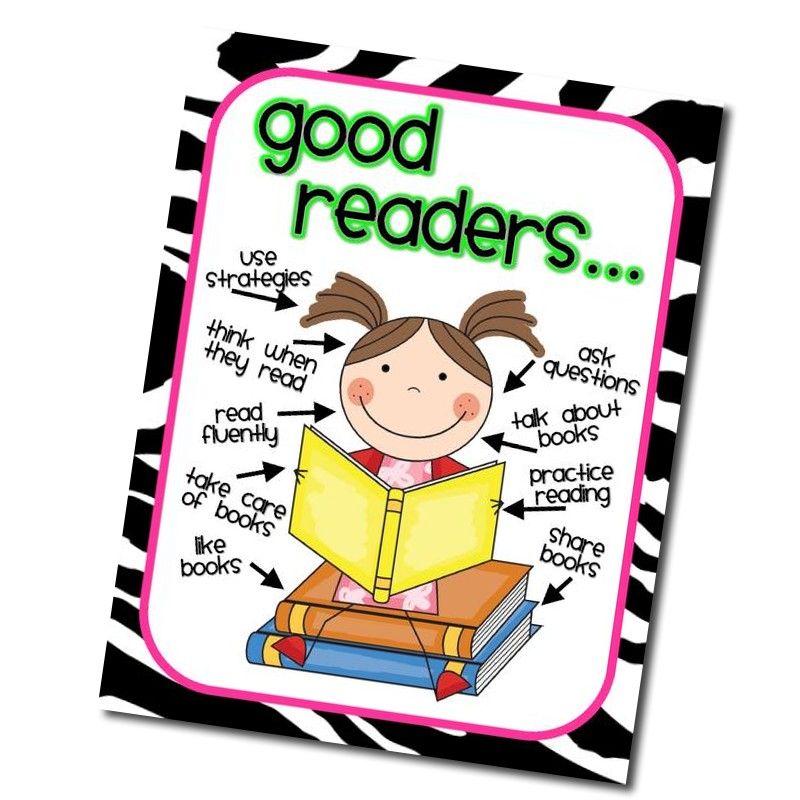 You can then cash in the coupons at the store.
You can then cash in the coupons at the store. - Pick out an interesting article from the newspaper. As you are preparing lunch or dinner, tell your child that you are busy and ask him or her to read the article to you.
- Many newspapers publish materials especially written for children, such as the syndicated "Mini Page," "Pennywhistle Press," and "Dynamite Kids." In addition, some newspapers publish weekly columns for children, as well as tabloids and summer supplements written by educators.
Activity 25: Using television to stimulate reading
What child doesn't enjoy watching TV? Capitalize on this form of entertainment and use TV to help rather than hinder your child's learning.
Some important ideas to consider before turning on the TV: Limit in some way the amount of TV your child watches so as to leave time for reading and other activities. Decide how much time should be set aside for watching TV each day.
Serve as an example by limiting the amount of TV you yourself watch.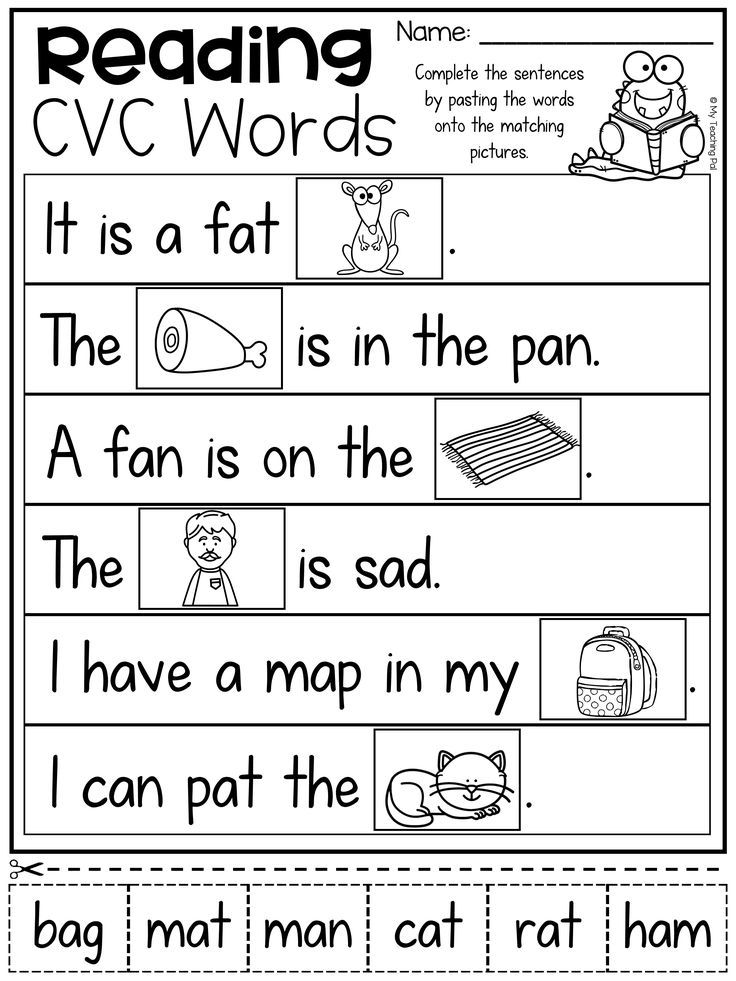 Have time when the TV set is off and the entire family reads something. You may want to watch TV only for special shows. Before the TV set is turned on, encourage your child to select the programs he or she wishes to watch. Ask your child to give you the reason for the choices made.
Have time when the TV set is off and the entire family reads something. You may want to watch TV only for special shows. Before the TV set is turned on, encourage your child to select the programs he or she wishes to watch. Ask your child to give you the reason for the choices made.
In addition, watch some of the same TV programs your child watches. This helps you as a parent share in some of your child's daily activities.
What you'll need:
- A TV
- A TV selection guide
- Colored highlighters
- A calendar page for each month
- Paper and pencils
What to do:
- Ask your child to tell you about favorite TV characters using different kinds of words.
- As your child watches commercials on television, ask him or her to invent a product and write slogans or an ad for it.
- Encourage your child to watch such programs as Reading Rainbow. Urge older children to watch such programs as 60 Minutes and selected documentaries.
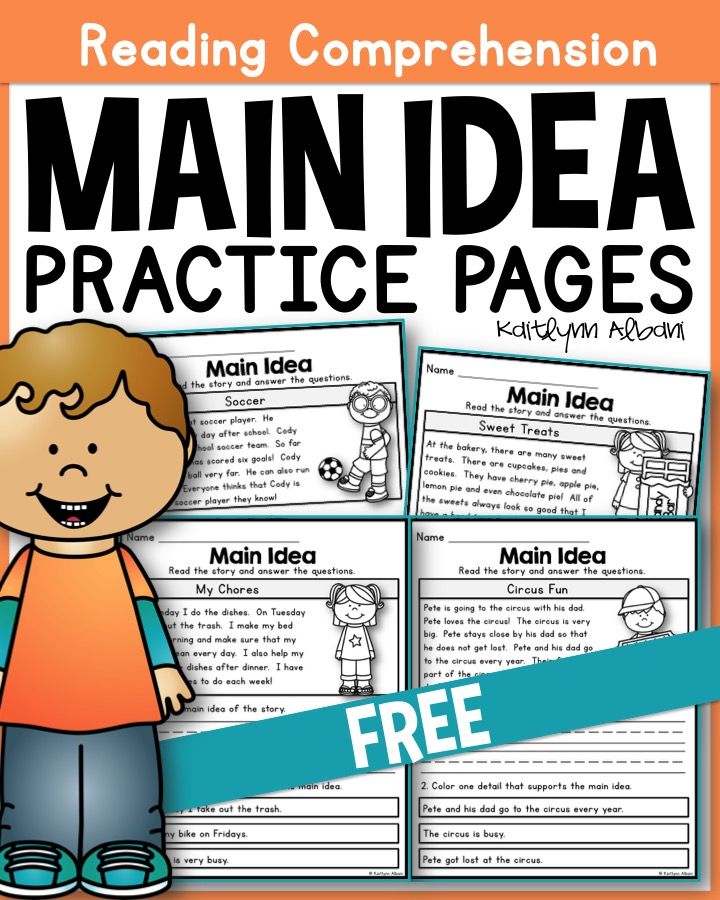 These programs are informative. Discuss interesting ideas covered in the programs and direct your child to maps, encyclopedias, fiction, or popular children's magazines for more information.
These programs are informative. Discuss interesting ideas covered in the programs and direct your child to maps, encyclopedias, fiction, or popular children's magazines for more information. - Have your child name 10 of his or her favorite shows. Ask your child to put them into categories according to the type of show they are, such as family shows, cartoons, situation comedies, sports, science fiction, or news and information. If you find the selection is not varied enough, you might suggest a few others that would broaden experiences.
- Prepare a monthly calendar with symbols such as a picture of the sun to represent an outdoor activity or a picture of a book to represent reading. Each time your child engages in a daily free time activity, encourage him or her to paste a symbol on the correct calendar date. This will give you an idea of how your child spends his or her free time. It also encourages a varied schedule.
- Ask each child in your family to pick a different color.
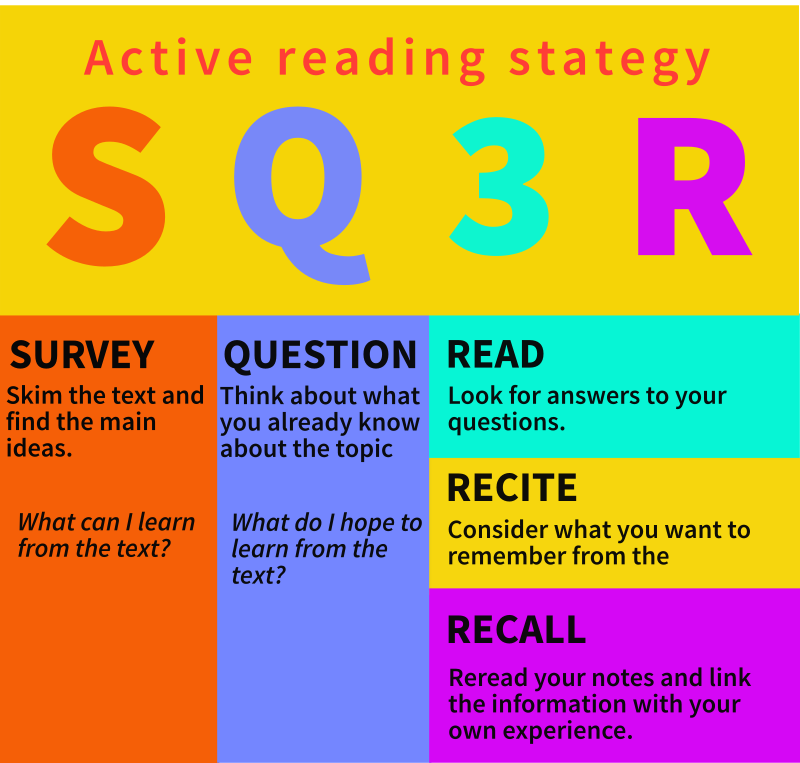 Using the TV listing, have each child use this color to circle one TV program that he or she wants to watch each day. Alternate who gets first choice. This serves two purposes. It limits the amount of time watching TV and it encourages discriminating viewing.
Using the TV listing, have each child use this color to circle one TV program that he or she wants to watch each day. Alternate who gets first choice. This serves two purposes. It limits the amount of time watching TV and it encourages discriminating viewing. - Devise a rating scale from 1 to 5. Ask your child to give a number to a certain TV program and to explain why such a rating was given.
- Have your child keep a weekly TV log and write down five unfamiliar words heard or seen each week. Encourage your child to look up the meanings of these words in the dictionary or talk about them with you.
13 Fun Reading Activities for ANY BOOK | ANY STUDENT
Whether you walk into a classroom in Asia, North America or Europe, you will almost certainly see teachers and students building their understanding of the world through a dedicated daily reading session packed full of great reading activities.
Books allow students an opportunity to be informed, entertained or escape as they comprehend fiction and non-fiction texts against their understanding of the world, their personal insights, and opinions and finally compare those texts to others.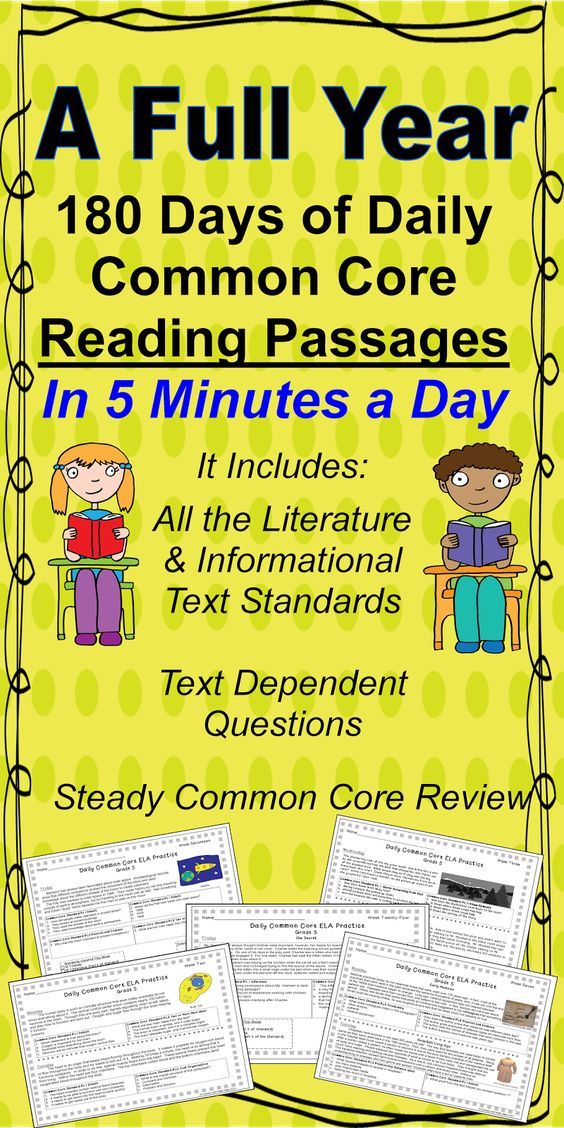
Whilst you may have a wealth of books in your school library, developing fresh and engaging ways to study literature can often be tough. So today, we will explore 25 proven activities that can be applied to any book and at any age level.
These reading activities to improve reading comprehension are easy to follow and suitable for most age groups within an elementary/junior high school level.
125 Text Response ACTIVITIES, Games, Projects for ANY BOOK
This massive collection of ☀️READING ACTIVITIES☀️ covers all essential reading skills for elementary/primary students. NO PREP REQUIRED! Works with all text and media types.
Thousands of teachers have adopted this as a GO-TO RESOURCE for independent and group tasks.
DOWNLOAD NOW
A COLLECTION OF FUN READING ACTIVITIES
A Lifetime Tale in Pictures READING TASK
Draw the main character from a book you have recently read.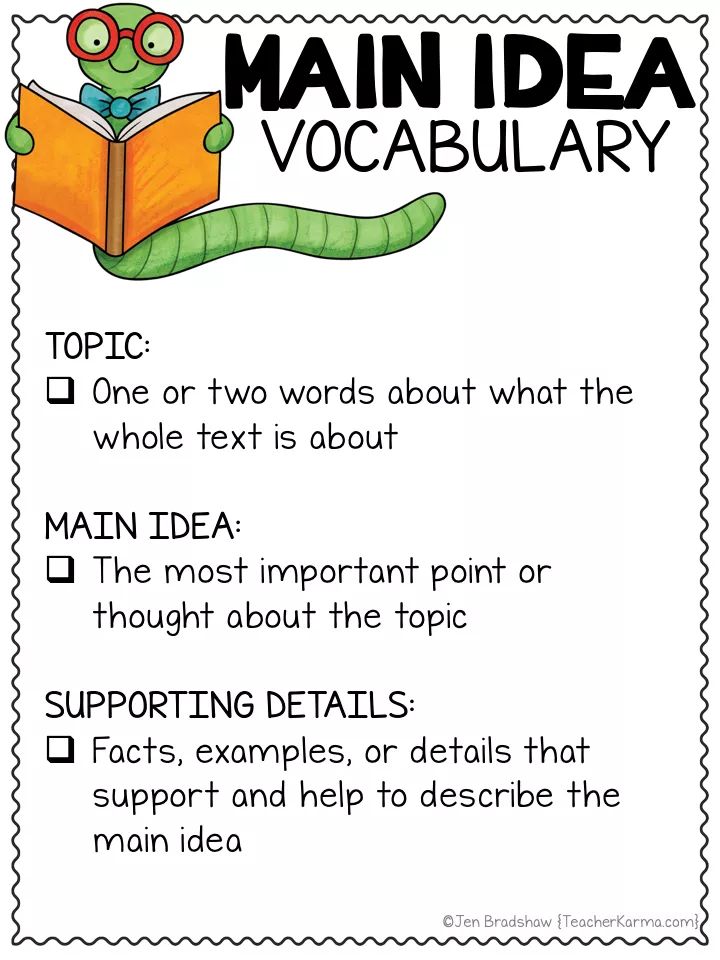 Show them as a baby, middle-aged and as an older person.
Show them as a baby, middle-aged and as an older person.
Underneath each picture, write what you think they might be doing at that point in their life, and explain why they may be doing so.
For example, if you drew Harry Potter as a baby, he might be casting spells on his mum to feed him lots of yummy food.
Post-reading activities such as this are accessible for all age groups to adapt their skill level and text style.
If you want to learn more about characters, be sure to read our complete guide here.
TEXT TO SELF-READING TASK
Based upon a book you have just read, share a story about yourself related to an event or character in the book.
It is probably best done in the form of a written recount. Link your experience to no more than four situations that occurred within the text.
Text to self is an excellent opportunity for students to become introspective about the content they read and compare it to their own life experiences.
This activity is appealing to teenagers more so than juniors.
IT’S IN THE INSTRUCTIONS READING TASK
From a book you have just read, select either a critical object or creature and create a user manual or a guide explaining how to care for it.
Ensure you use any vital information learnt from the book and any other information you consider essential.
If you are writing a user manual for an object, remember to focus on using it correctly and taking care of it.
If you are writing a user guide for an animal or creature, focus on keeping it alive and healthy as well as information that explains how to keep it happy and under control if necessary.
Dear Diary, READING TASK
Place yourself in the shoes of one of the characters you have just read about and write a diary entry of a critical moment from the story.
Try to choose a moment in the story where the character has plenty of interaction and emotion to share in a diary entry.
Your diary entry should be around a page long and contain information you learned from the book when the character was in that specific place and time.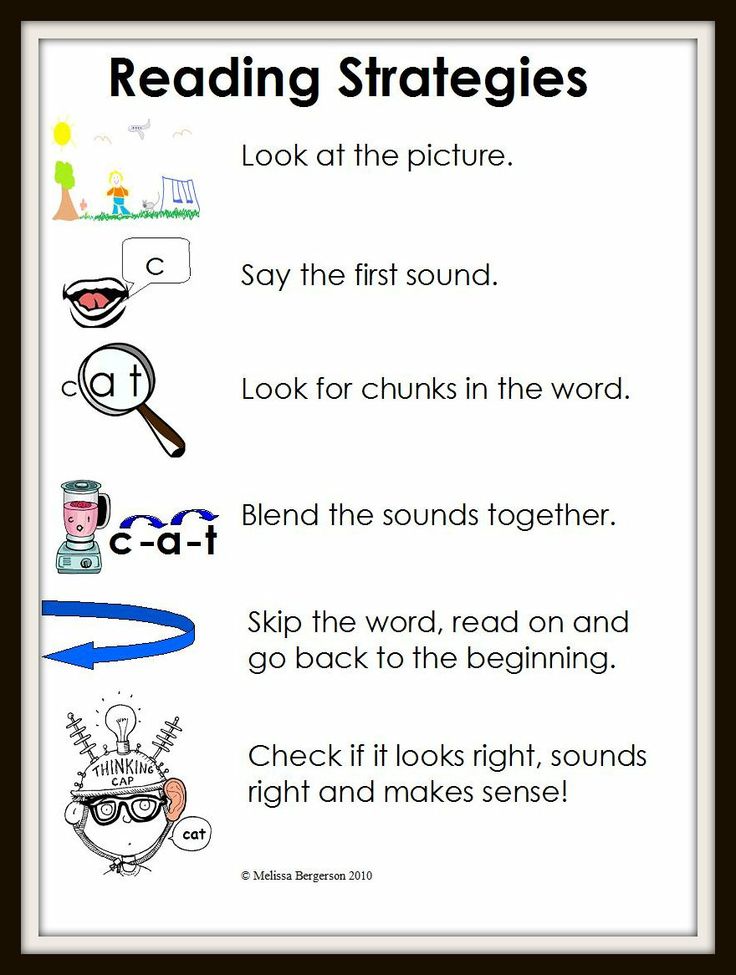
Remember, when writing a diary entry, you are writing it from a first-person perspective. It is usually but not always written in the present tense.
Diary writing has been a very popular activity throughout time, but social media tools such as Facebook and blogging have in some ways changed this.
Mapping it all out, READING TASK
How do you make reading lessons fun? This reading activity answers that question confidently.
Have a go at drawing a map of one of the places from the text you have just read. See how much detail you can include, and be sure to discuss your map with another reader so you can compare and add more if necessary.
Take some time and effort to ensure your map appeals to the same audience the book aims at.
All good maps should contain the following BOLTS elements.
B – Bolts
O – Orientation
L – Legend
T- Title
S – Scale
Express Yourself READING TASK
Using an iPad or a digital camera, make faces of the emotions the main characters would have gone through in your book and take photos of them.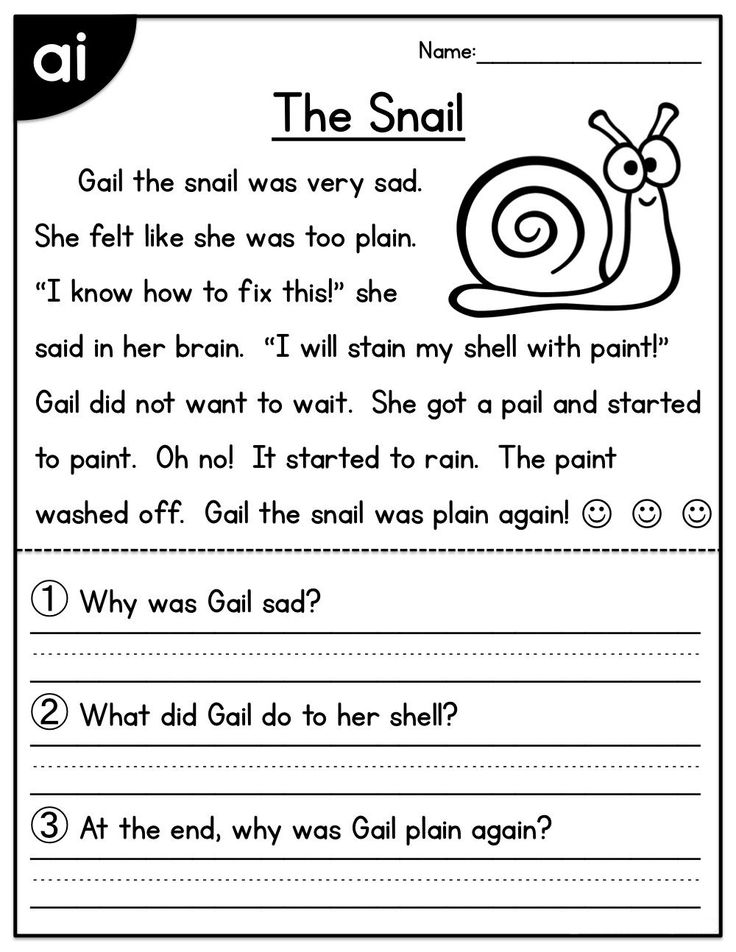
Put them together in a document on your computer or device and explain the emotion below the image and when the character would have felt this way.
This is an excellent opportunity to use some creative direction for this task.
Be sure to play around with the images, filters and graphical styling available.
Travel Agent READING TASK
Think of yourselves as a group of travel assistants whose job is to promote a city of your choice from the text you have been reading.
As a group, you need to develop a concept map of all the exciting things that happen in your city and then present it to the class.
Don’t forget all of the exciting things such as theatres, restaurants, sports, adventure activities, entertainment and much more…
If you are a little short on details of the location of your story, do some research if it was an actual location or just get creative and make up some locations and tourist attractions based on what you read.
You’re Hired READING TASK
Select a character from a book and consider what might be an excellent job for them.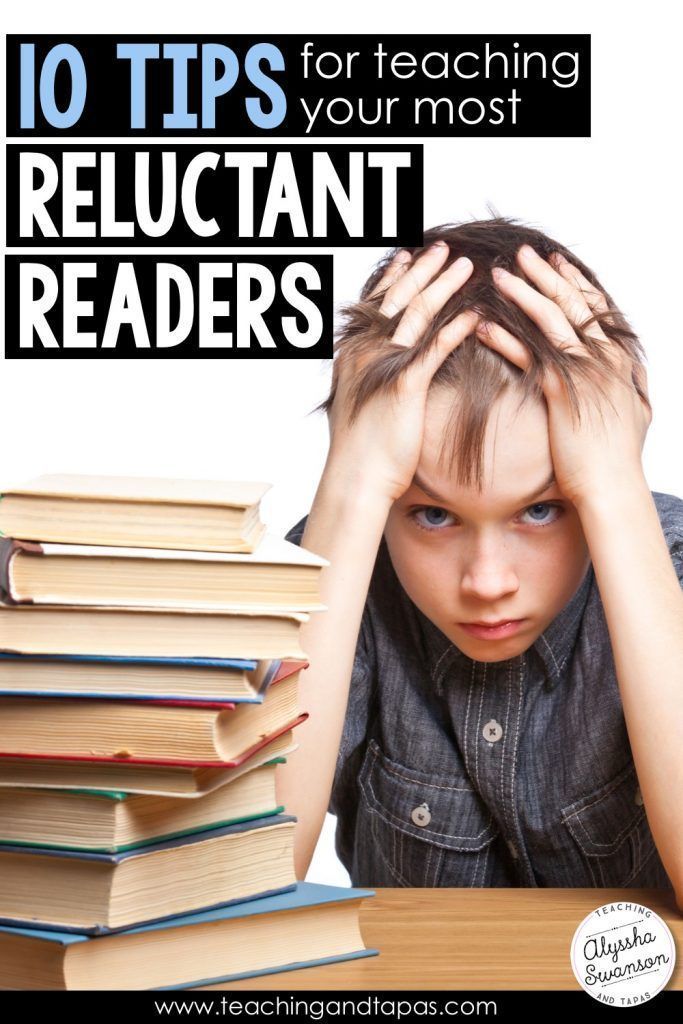 You can choose something entirely suitable such as a security guard job for Superman or a more oddball approach, such as a pastry chef.
You can choose something entirely suitable such as a security guard job for Superman or a more oddball approach, such as a pastry chef.
Either way, you will have to write a letter from this character’s perspective and apply for a position.
Be sure to explain why your character would be a great employee and what special skills they would possess to make them ideal for the role. Sell your character by explaining all the great attributes they possess.
What’s the Status? READING TASK
Create a Facebook page for your character with some status updates about what they have been up to.
Include some pictures and ensure your status updates are relevant to the character and the story.
Around 3 – 4 status updates with mages should give an overall picture of the character.
Use your status updates to explore what your character does for a job, leisure time, places they might go on vacation and the like.
Bubbles and Clouds READING TASK
Using speech bubbles and pictures of the characters, draw a conversation between two characters from the story you have read.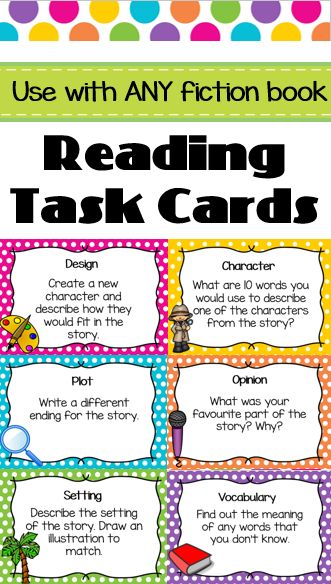
Remember, thought is drawn as a cloud, and a spoken statement is drawn as a bubble.
Be sure to look at some comics or graphic novels for inspiration and insights.
This activity is usually best done on pen and paper, but numerous digital apps and tools will allow you to make this a reality through technology.
Amazing Artifacts READING TASK
An artifact is an object that has some significance or meaning behind it. Sometimes, an artefact might even have a very important story behind it. I am sure you have a favorite toy, or your parents have a particular item in the house that they would consider an important artifact.
For today’s task, you will select five artifacts from the text you have been reading and explain what makes them significant or essential.
They don’t all have to be super important to the story, but I am sure that at least a couple played a significant role.
Be sure to draw a picture of the artifact and if necessary, label it.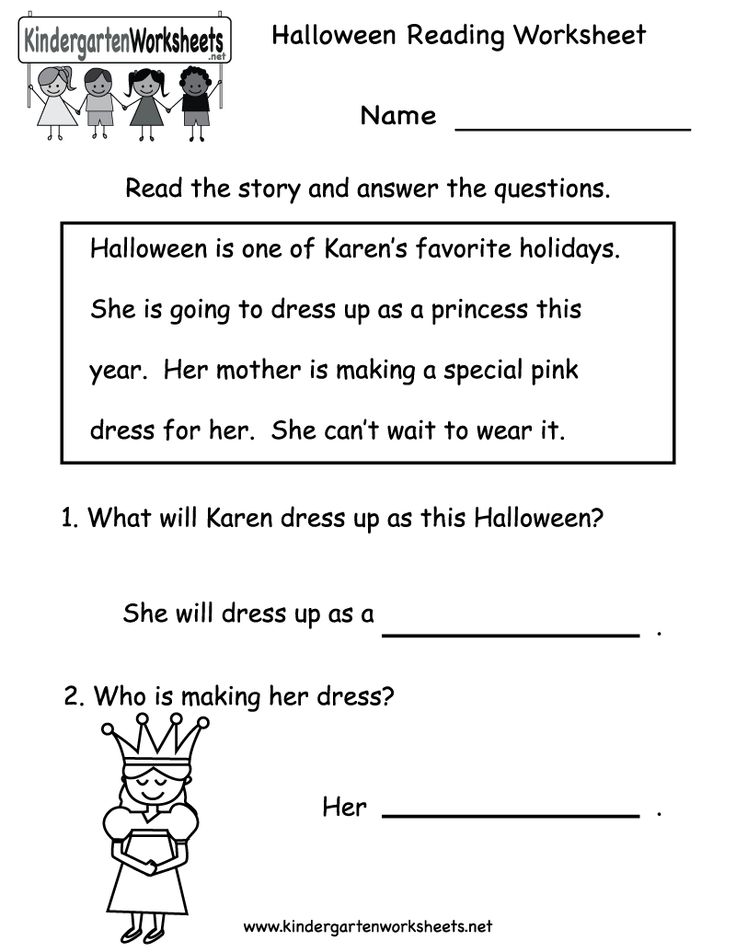
FREE READING ACTIVITIES RESOURCE TO DOWNLOAD
12 Reading RESPONSE TASK CARDS FOR STUDENTS – DOWNLOAD NOWDOWNLOAD THIS FREE RESOURCE NOW
Thinking Differently READING TASK
Choose three important events from the text and explain how you would have handled them differently from the characters in the story.
Explain how it may have changed the story’s outcome in either a minor or significant way.
Be insightful here and think of the cause and effect. Sometimes your smallest action can have a significant impact on others.
Popplet Mind Mapping Task
Popplet is a mind mapping tool that allows you to connect ideas together using images, text and drawings.
From a text, you have recently read, create a family tree or network diagram that explains the relationship the characters have with each other.
Some may be father and son, husband and wife or even arch enemies.
Try and lay it out so it is easy to follow.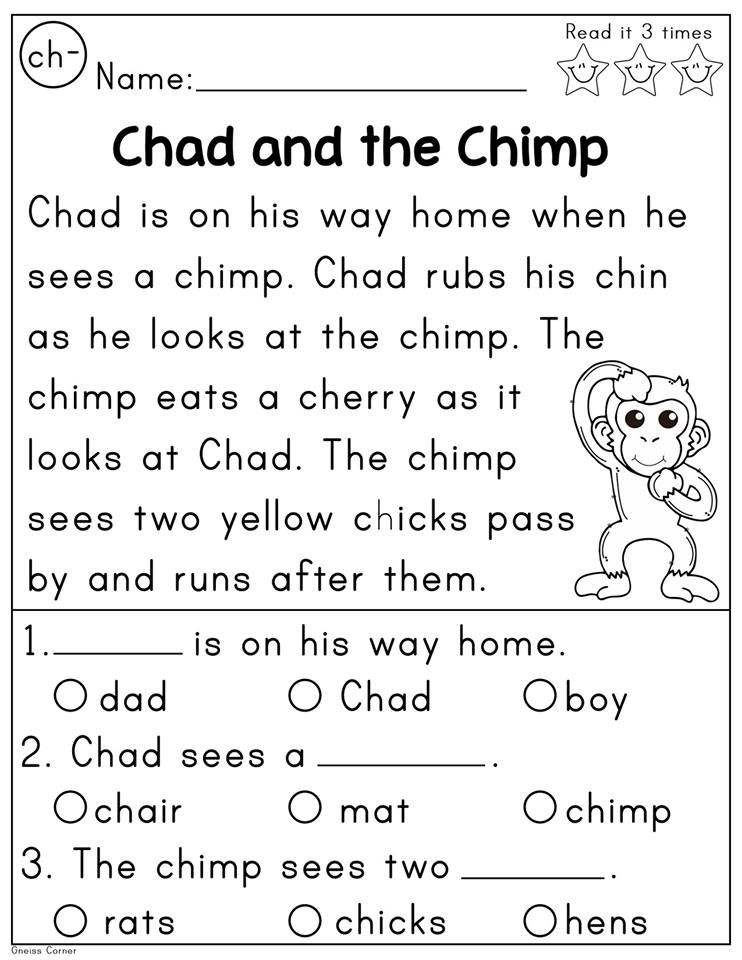
You Have Three Wishes READING TASK
A genie lands at the midpoint of the story you have just read and grants the two main characters three wishes.
What do they wish for and why?
Finally, would their wishes have changed anything about the story? How so?
Again think about the cause and effect relationship and how this may have altered the path of the book you have been reading.
A COMPLETE DIGITAL READING UNIT FOR STUDENTS
Over 30 engaging activities for students to complete BEFORE, DURING and AFTER reading ANY BOOK
- Compatible with all devices and digital platforms, including GOOGLE CLASSROOM.

- Fun, Engaging, Open-Ended INDEPENDENT tasks.
- 20+ 5-Star Ratings ⭐⭐⭐⭐⭐
$3.00 Download on TpT
MORE GREAT ARTICLES WITH READING ACTIVITIES
Essential Reading Comprehension Strategies for students and teachers Learning to read is a complex skill that demands a lot from our students. Once students have moved on from the relatively easy process of decoding the words on the page and are able to read with a level of fluency and automaticity, increasing demands are made…
Guided Reading in THE Classroom: Strategies for Success Few skills can benefit a child more throughout their life than the ability to read. It is a skill of such singular importance that it plays a role in most aspects of everyday classroom learning. However, unfortunately for a skill of such importance, it isn’t always possible…
READING FOR MEANING: IDENTIFYING THE MAIN IDEA OF THE STORY We have all been there, though it can often feel as futile as the search for that proverbial needle in a haystack… Finding the main idea of a piece of writing can be challenging, but it is an essential reading comprehension skill for our students…
What is Cause and Effect? Understanding how cause and effect inform the organisation of a text enhances a student’s ability to fully comprehend what they have read.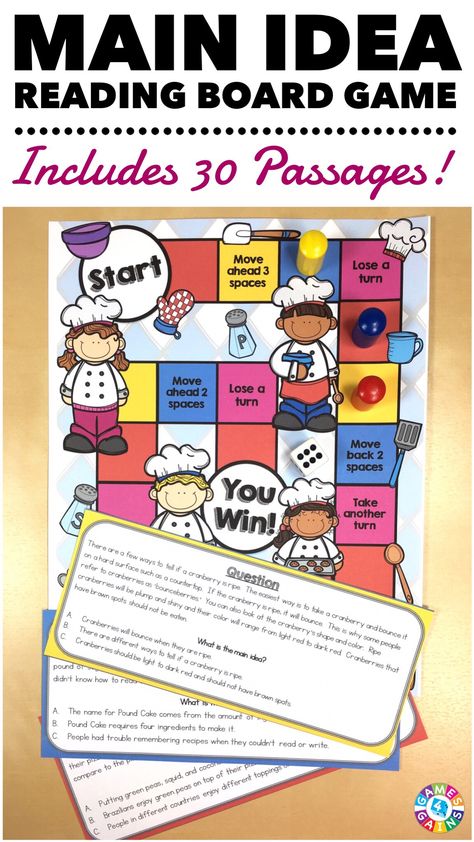 But, what exactly do we mean when we speak of cause and effect in relation to reading? Cause is the driving force in the text. It is the…
But, what exactly do we mean when we speak of cause and effect in relation to reading? Cause is the driving force in the text. It is the…
Huge collection of digital graphic organizers for writing and reading: Digital and Printable graphic organizers and templates for teachers and students. Reading and writing templates and teacher organizers.
This list was compiled by Christine Fankell, Elementary Literacy Facilitator, Livonia Public Schools, MI Essential Guided Reading Strategies Create a guided reading group meeting schedule. Vary the frequency that you plan to meet with each group. Meet more frequently with struggling readers and less frequently with proficient readers. Use a timer to keep your guided…
Explore the benefits of creating digital reading diaries to track and record student reading at home and in school. Never collect a reading diary again by using this excellent digital assessment tool for students, parents and teachers.
The content for this page has been written by Shane Mac Donnchaidh. A former principal of an international school and English university lecturer with 15 years of teaching and administration experience. Shane’s latest Book, The Complete Guide to Nonfiction Writing, can be found here. Editing and support for this article have been provided by the literacyideas team.
A former principal of an international school and English university lecturer with 15 years of teaching and administration experience. Shane’s latest Book, The Complete Guide to Nonfiction Writing, can be found here. Editing and support for this article have been provided by the literacyideas team.
5 Summer Reading Ideas - Microsoft
By Press Center
Bill Gates' blog traditionally publishes collections of books that give food for thought. Here is a translation of the latest post. In Russian, we found only one edition, so we do not translate the titles and names of the authors of other works, so that it would be easier for you to find them if you wish.
When I finish one book and choose the next, my choice is usually not determined by some common motive or reason. Sometimes a good book inspires me to read a few more on the same topic. Sometimes I take advice from someone I respect.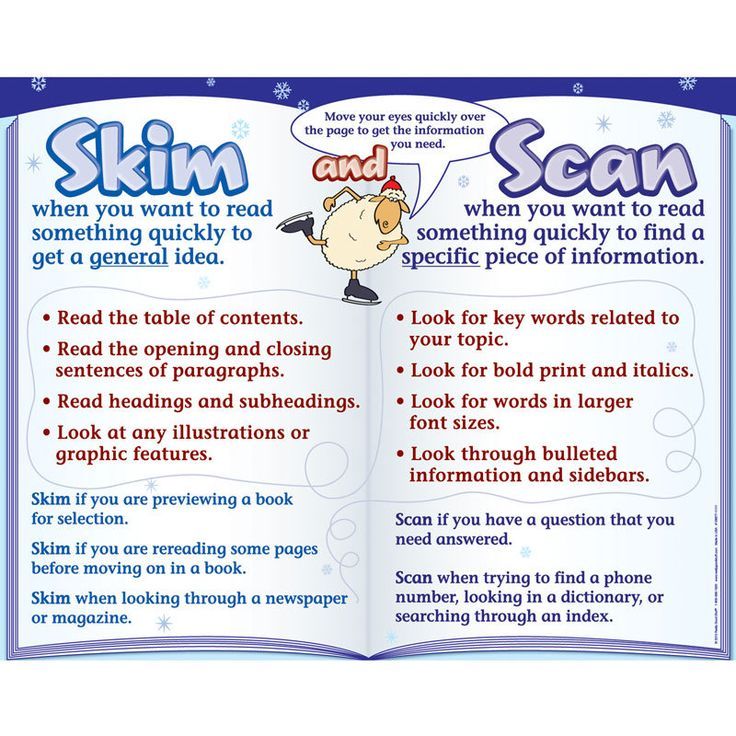 nine0005
nine0005
Lately, however, I've been interested in books about the complex relationship between humanity and nature. Maybe because the life of every person has changed dramatically because of the virus. Or because this year I spent so much time talking about what we need to do to avoid climate catastrophe.
Whatever the reason, most of the books on my summer reading list this year have to do with what happens when people come into conflict with the outside world. In the list, I included an overview of how researchers are trying to undo the damage done to the planet by humans; a detailed work on how your body protects you from microscopic invaders; memoirs of the president about the consequences of the oil spill; and a novel about a group of ordinary people fighting to save trees. Another book is a gripping tale of the collapse of one of America's greatest companies. nine0005
I hope that at least one of these books will spark your interest this summer.
Lights Out: Pride, Delusion, and the Fall of General Electric, Thomas Gryta, Ted Mann .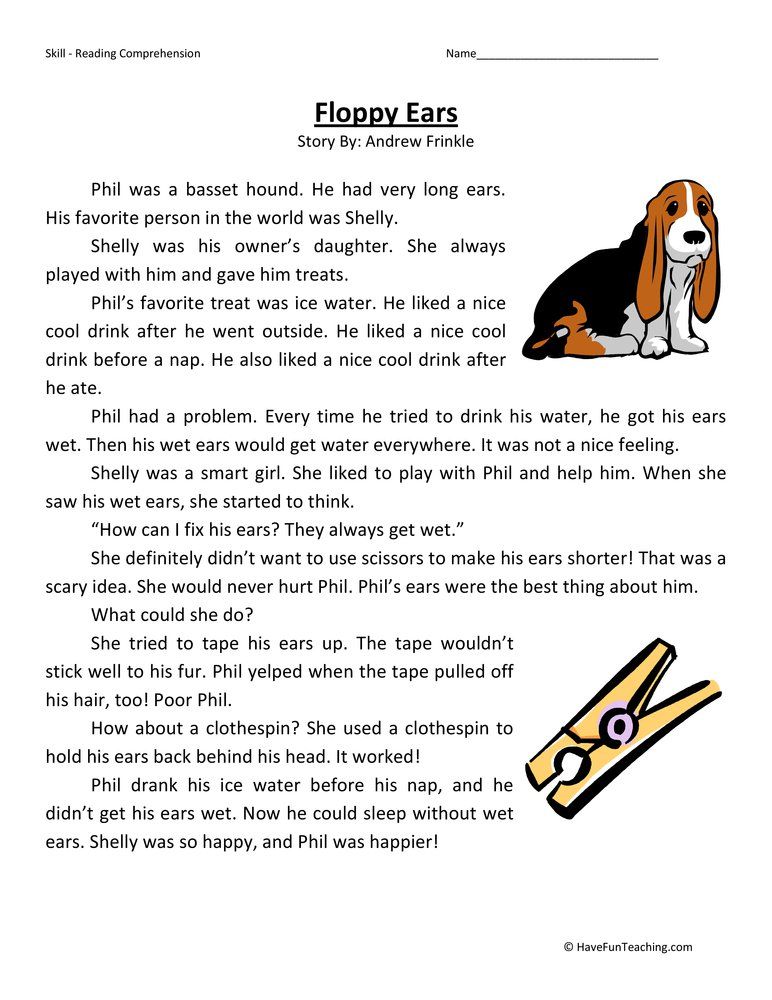 How could a company as large and successful as GE fail? I've been thinking about this for years, and Lights Out finally answers many of my questions. The authors dispassionately analyze the mistakes and blunders made by GE management. Whether you are in a leadership position in a business, a non-profit organization, or elsewhere, you can learn a lot from here. nine0005
How could a company as large and successful as GE fail? I've been thinking about this for years, and Lights Out finally answers many of my questions. The authors dispassionately analyze the mistakes and blunders made by GE management. Whether you are in a leadership position in a business, a non-profit organization, or elsewhere, you can learn a lot from here. nine0005
Under a White Sky: The Nature of the Future, Elizabeth Kolbert . Colbert's latest book is the most candid exploration of "humanity versus nature" on my list. According to the author, this is "a book about people trying to solve problems caused by people trying to solve problems." It talks about several ways humans intervene in nature, including genetic engineering and geoengineering, two topics I'm particularly interested in. Like all of Colbert's books, this is an enjoyable read. nine0005
A Promised Land, Barack Obama .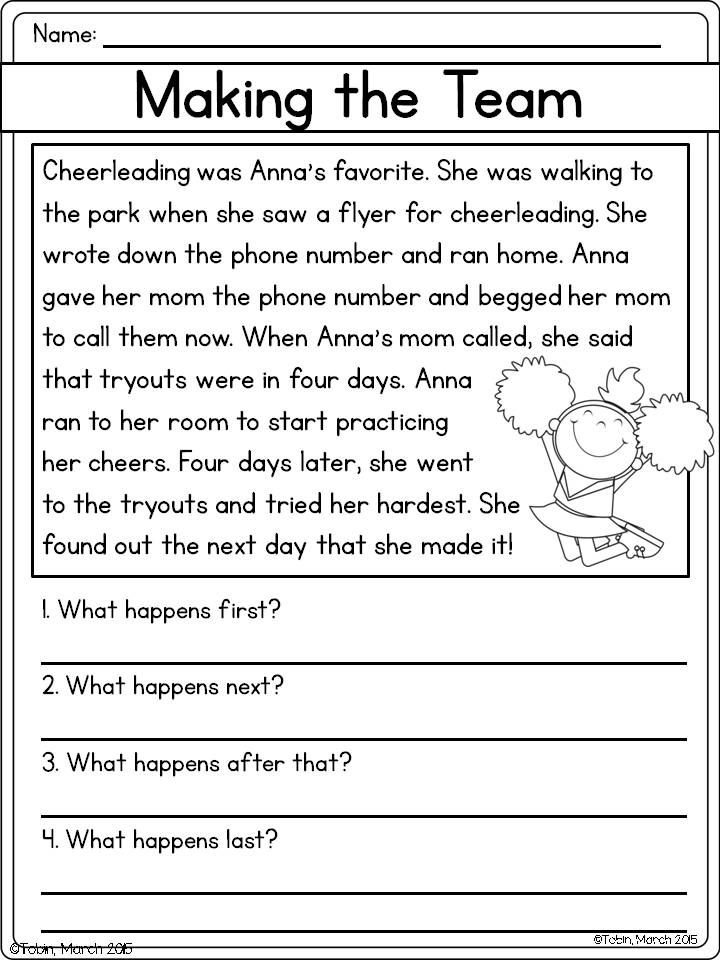 I am almost always interested in books about American presidents, and A Promised Land was my favorite. This memoir covers Barack Obama's early career up until the mission that killed Osama bin Laden in 2011. President Obama has been unusually honest about his time in the White House, including how lonely he is when he has to make the final decision. This is a compelling story about what it's like to run a country in difficult times. nine
I am almost always interested in books about American presidents, and A Promised Land was my favorite. This memoir covers Barack Obama's early career up until the mission that killed Osama bin Laden in 2011. President Obama has been unusually honest about his time in the White House, including how lonely he is when he has to make the final decision. This is a compelling story about what it's like to run a country in difficult times. nine
The Overstory , Richard Powers This is one of the most unusual novels I have read in recent years. It tells about the lives of nine people and their relationship with trees. Some of the characters in the course of the story unite, others remain on their own. Despite the fact that the book has a rather radical opinion about the need to protect forests, I was touched by the passion with which each character relates to his work, and ended reading with a desire to learn more about trees.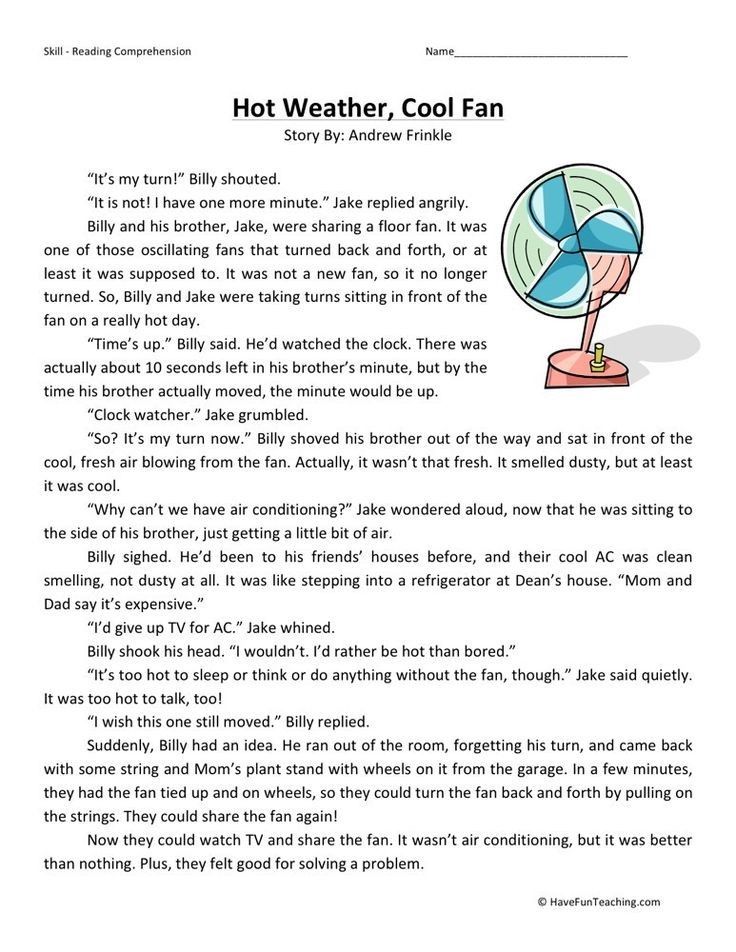 nine0005
nine0005
An Elegant Defense: The Extraordinary New Science of the Immune System: A Tale in Four Lives, Matt Richtel Riktel wrote this book before the pandemic, but it is nevertheless a valuable study of the human immune system that will help you understand what needs to be done to stop COVID-19. The author covers the topic by describing four cases, in each of which the patient is confronted with his immune system. These stories provide a very interesting insight into the science of immunity. nine0005
Source: 5 ideas for summer reading.
What should a book lover do besides reading? 10 Unexpected Ideas
It seems that a person who loves to read should spend all his days buried in a book. In fact, a favorite hobby can be deepened and expanded by engaging in some non-banal near-literary business. We hope our gallery will inspire you - just ahead of the weekend!
1. Walk along the literary route
Which of the famous writers lived or visited in your city or in the vicinity? Find his house-museum, find out where he drank coffee, where he liked to wander in search of inspiration (all the information can be found on the Internet or check with the local history museum. Feel like a detective collecting evidence!). Grab a thermos of tea, a volume of his prose or poetry, and arrange for yourself an atmospheric literary walk.
Feel like a detective collecting evidence!). Grab a thermos of tea, a volume of his prose or poetry, and arrange for yourself an atmospheric literary walk.
Image: http://www.kulturologia.ru
2. Get involved in the quest
Quests based on famous books are mostly based in Moscow. For example, you can get to the quest "In the city of D", inspired by the work of Dostoevsky. Find out if something like this is happening in your city. If not, try to come up with a quest on your own and “lead” your friends along it. If you have schoolchildren, you can make a quest for books from the school curriculum - something obnoxious in the spirit of Tom Sawyer or full of mysteries and adventures, like in Treasure Island. nine0005
Image: https://godliteratury.ru
3. Watch the adaptation
Cinema and literature go hand in hand, cinephiles often love to read, and book lovers never miss a single high-profile film premiere.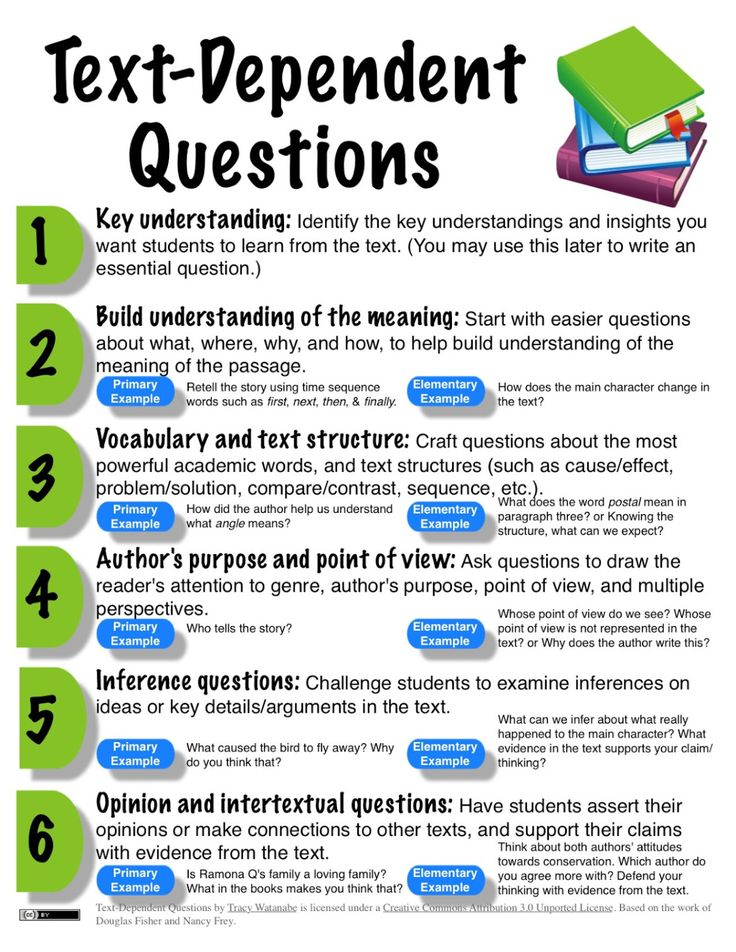 We offer you to choose a screen adaptation of your favorite novel and go to the cinema or arrange your own cozy viewing with popcorn and buns at home. In order to navigate the huge selection of books that have been made into films, you can use our new section "Screenings" - now there is a list of all the most important films of 2017, but it will be actively updated. nine0005
We offer you to choose a screen adaptation of your favorite novel and go to the cinema or arrange your own cozy viewing with popcorn and buns at home. In order to navigate the huge selection of books that have been made into films, you can use our new section "Screenings" - now there is a list of all the most important films of 2017, but it will be actively updated. nine0005
Image: http://culturavrn.ru
4. Giving away unwanted volumes
We all have books that, once we have read them, we no longer pick up. The reasons may be different - they didn’t like it, too sad or, conversely, too frivolous a story, the wrong genre, and so on. But somewhere in your city there probably lives a person for whom this book can become a desktop! Here are a few options for what you can do with unwanted books:
- just take it to the entrance. Just do not put the volumes at the garbage heap, find them a dry place in plain sight. Or maybe in your entrance there is a place for an old rack? Put a few books on the shelf and hang a bright announcement urging neighbors to exchange literature;
- give to the district library.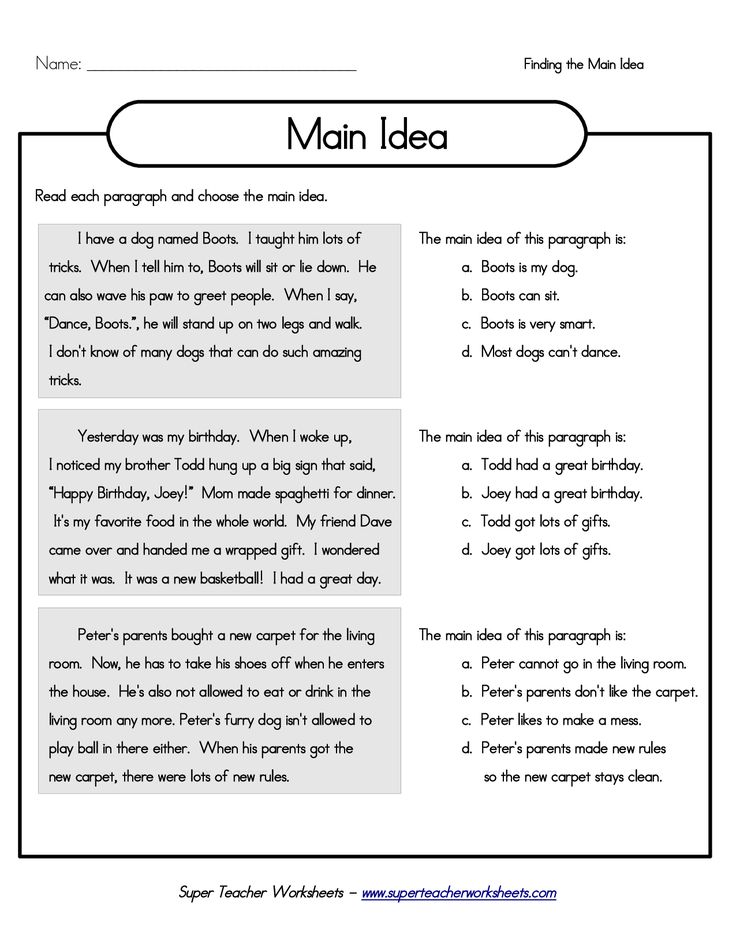 It is unlikely that there will be at least one who refuses a stack of free books in good or even satisfactory condition;
It is unlikely that there will be at least one who refuses a stack of free books in good or even satisfactory condition;
- take it to a second-hand bookstore. It is unlikely that you will be able to get a lot of money for old books, but there the “old women” will be patched up and put back on the shelves, giving a second life! In Moscow, you can donate books, for example, to the Khodasevich bookstore. nine0005
Image: http://s1.stc.all.kpcdn.net
5. Bookcrossing
Continuation of the previous paragraph. If you're excited about sharing a special book with someone, just "forget" it in a cafe or park bench (not in the rain!). Attach a note between pages asking you to do the same after reading. And go home, imagining how the book flew off to travel and look for new owners. nine0005
Image: http://topgeek.com.ua
6. Go to the theater
Film adaptations are good, of course, but a performance based on a favorite book is a completely different level of sensations.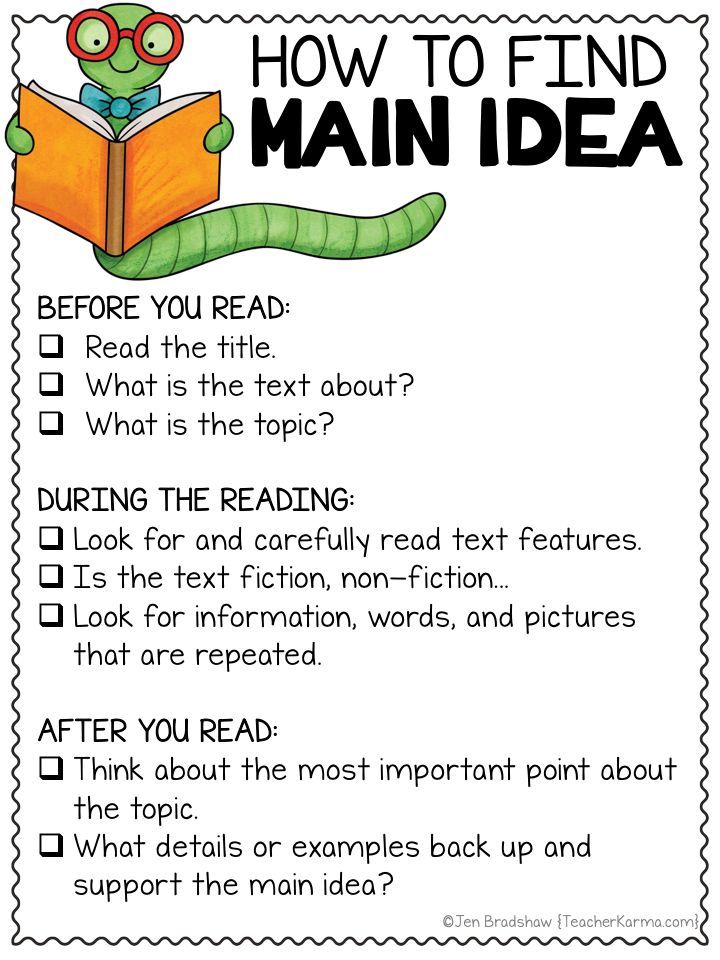 After all, heroes become alive, real, suffer and die at arm's length. Directors of almost any theater, both metropolitan and provincial, love to stage classics in new readings, so you can easily find something relevant and original. nine0005
After all, heroes become alive, real, suffer and die at arm's length. Directors of almost any theater, both metropolitan and provincial, love to stage classics in new readings, so you can easily find something relevant and original. nine0005
Can't get out to the theatre? Download the audio performance and enjoy the acting without leaving your home. This is a unique opportunity to listen to The Cherry Orchard with Olga Knipper-Chekhova as Ranevskaya or hear Andrey Mironov performing Capote's Bottle of Silver.
Image: http://sovremennik-teatr.ru
7. Organize your own book club
Gather your bookish friends (in real life or in a group chat in the messenger), choose a book, give everyone time to read, and then discuss what they read. nine0005
By the way, here we have detailed the steps you can take to start a book club.
Image: https://r5.readrate.com
8. Play book elf
An idea in the spirit of Amelie Poulain.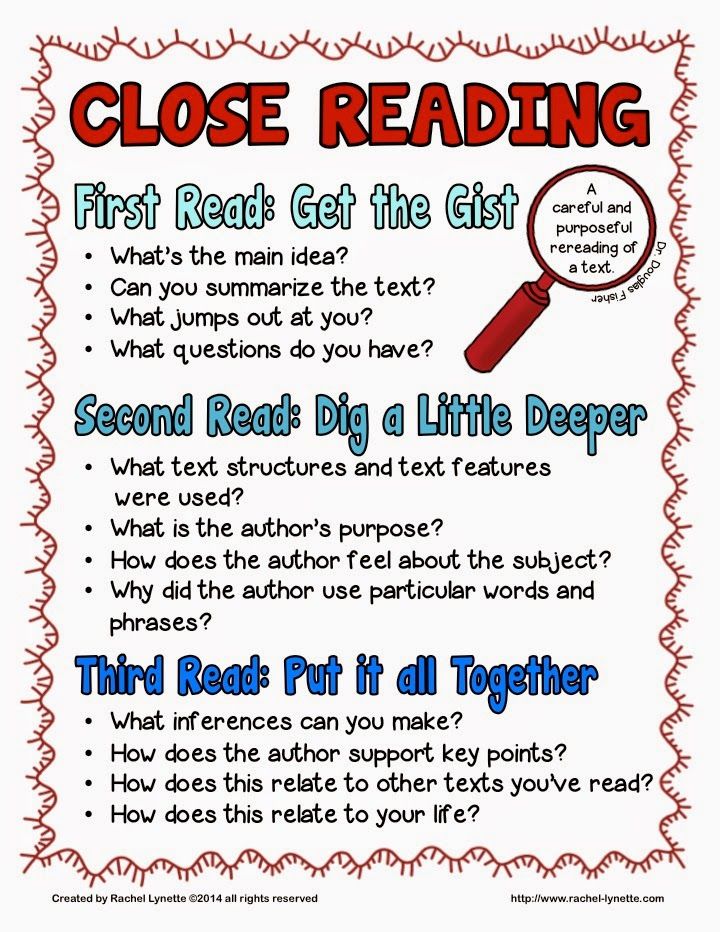 Prepare some cute frivolous notes - “May today be amazing!”, “I wish you fall in love!”, “Make a wish - today it will definitely come true!” – and sign Book Elf. And then go to the nearest bookstore or library and discreetly hide the notes between the pages. Someone will be amazed! nine0005
Prepare some cute frivolous notes - “May today be amazing!”, “I wish you fall in love!”, “Make a wish - today it will definitely come true!” – and sign Book Elf. And then go to the nearest bookstore or library and discreetly hide the notes between the pages. Someone will be amazed! nine0005
Image: http://media.mk-turkey.ru
9. Arrange a book party
An idea for a friendly meeting of sociable intellectuals. Ask guests to bring one book, their favorite (and a cake or biscuits for tea). During the evening, everyone will be able to talk about how the chosen book has changed them and why it is worth reading. At the end of the party, put all the volumes on the table, and let everyone leave with a new book - the one whose "presentation" hooked them the most. nine0005
Image: http://2.bp.blogspot.com
10. Cook a themed dinner
In a rare book, you will not come across some tricky dish.